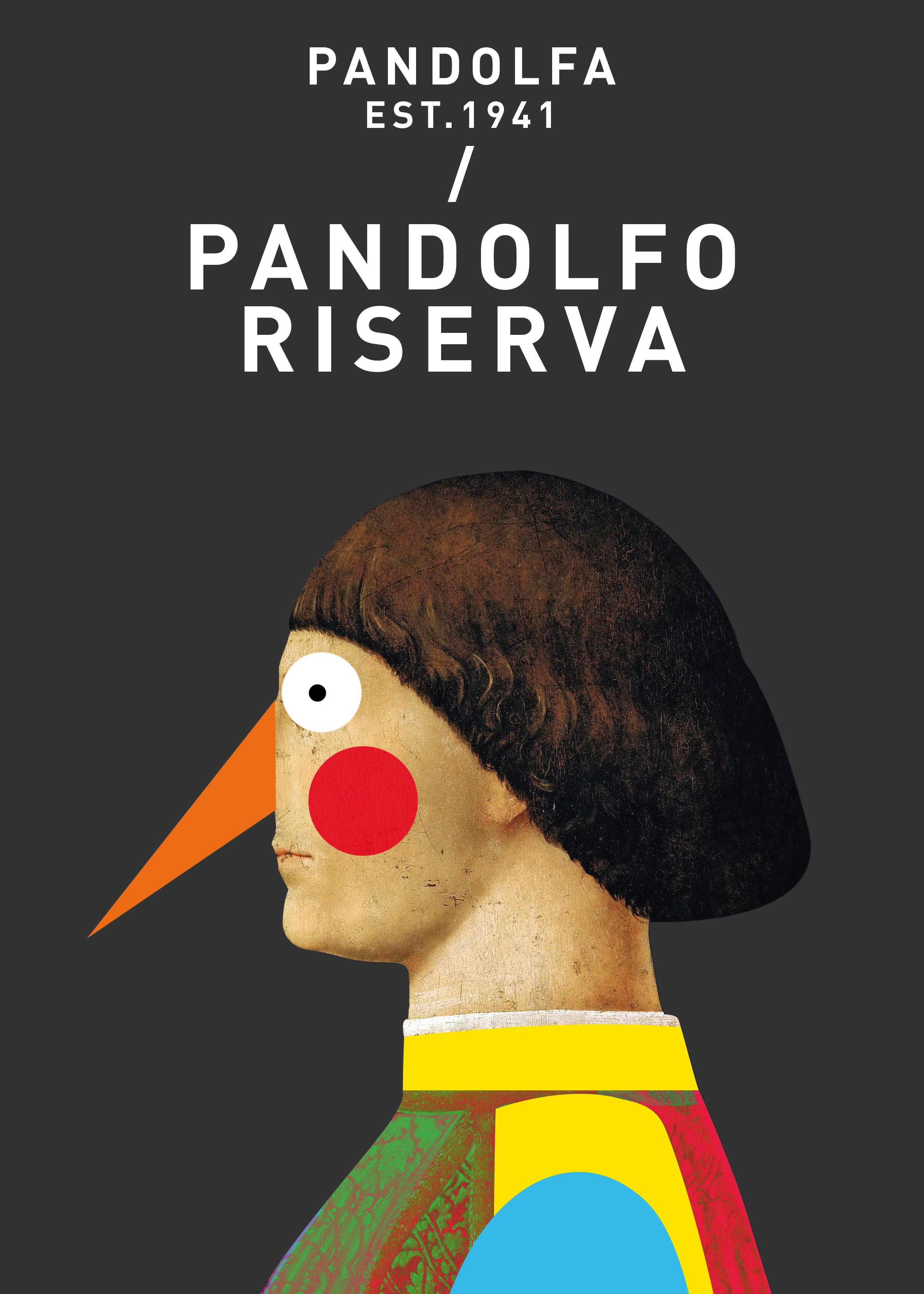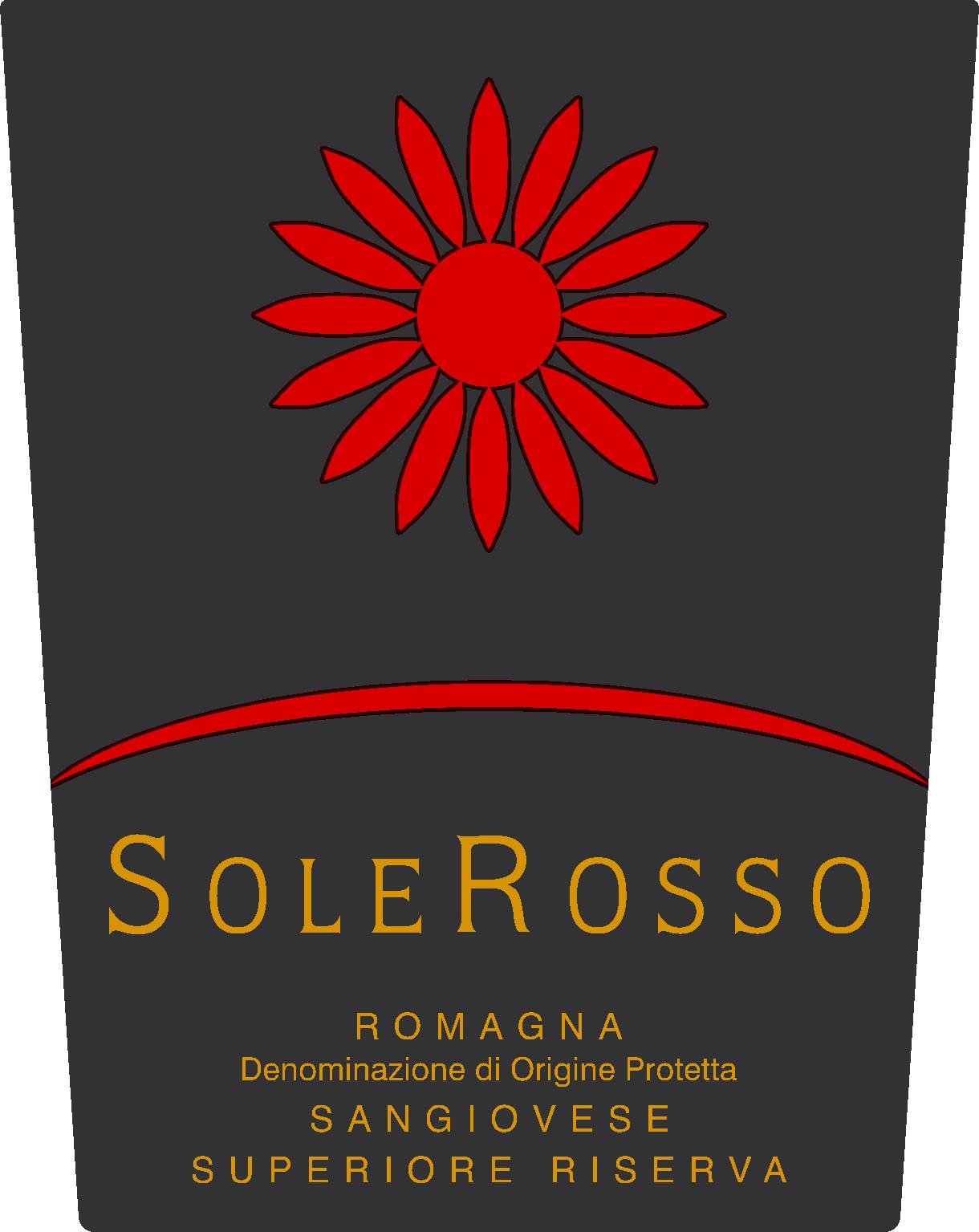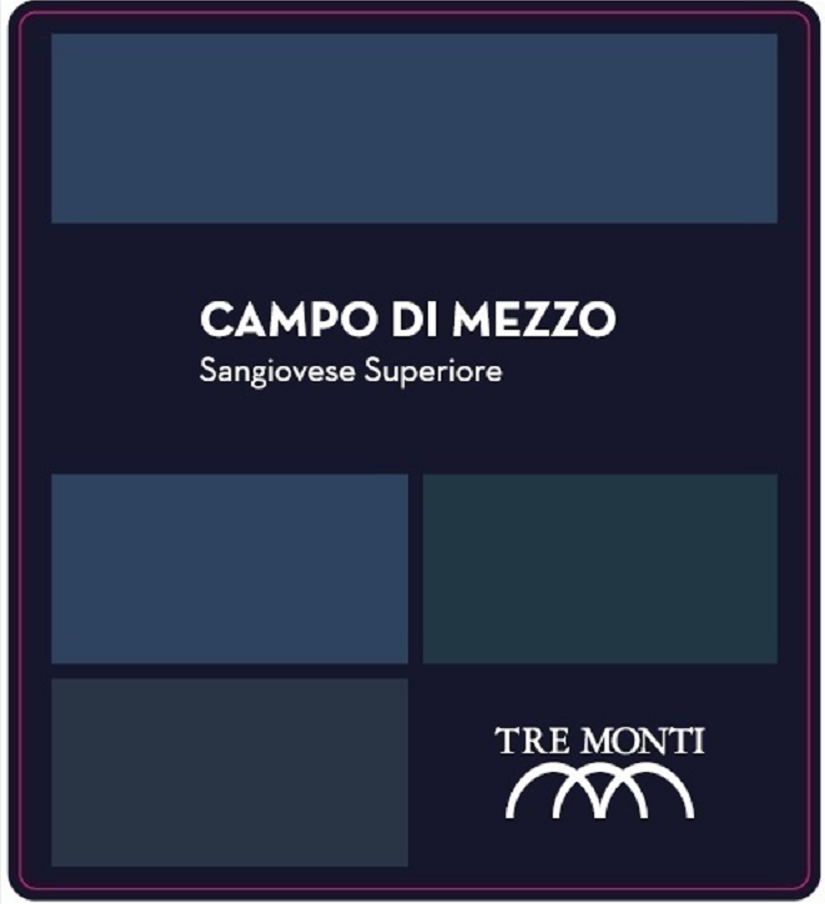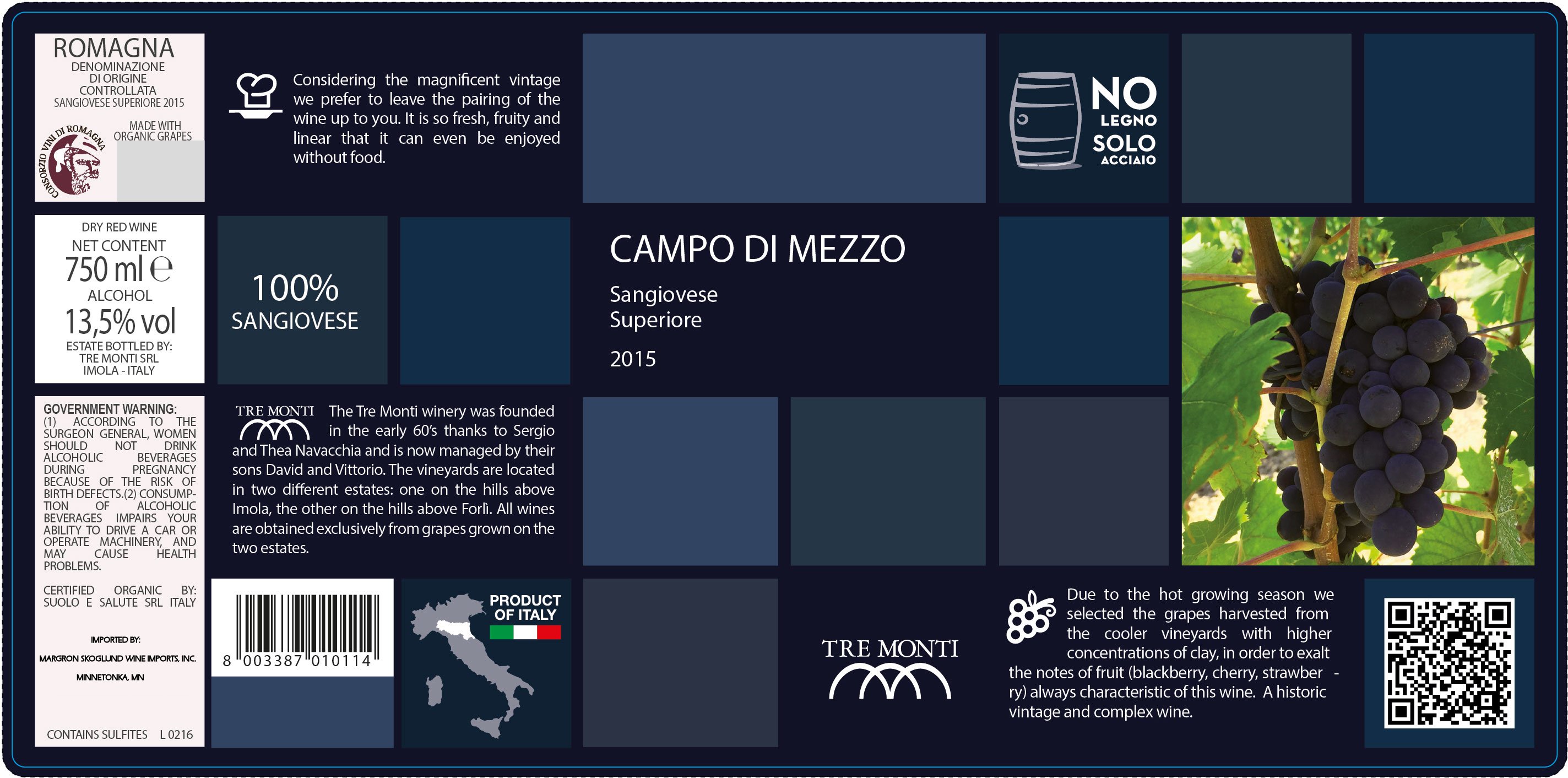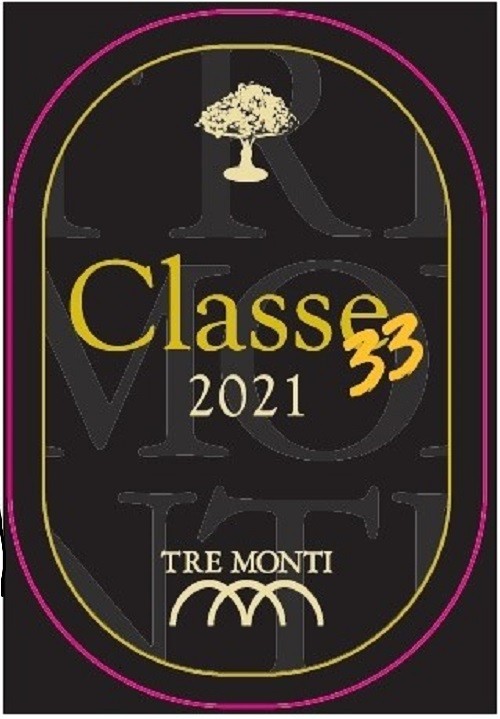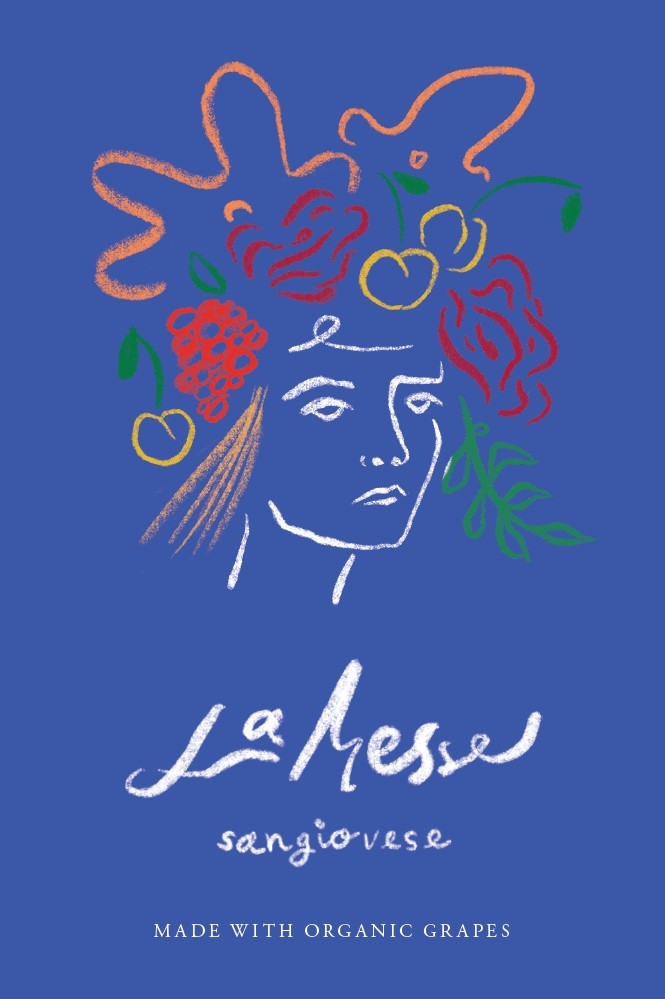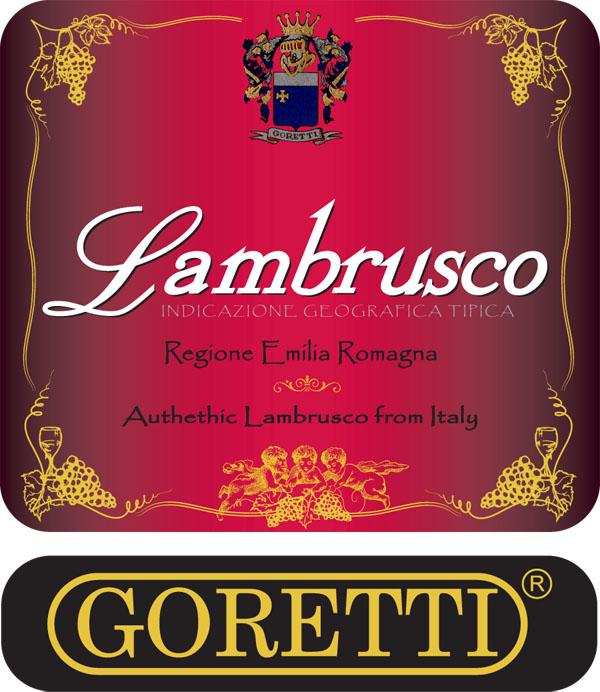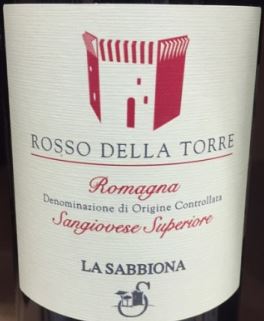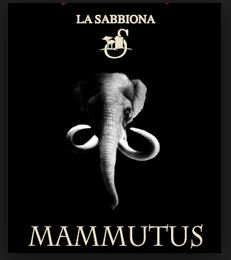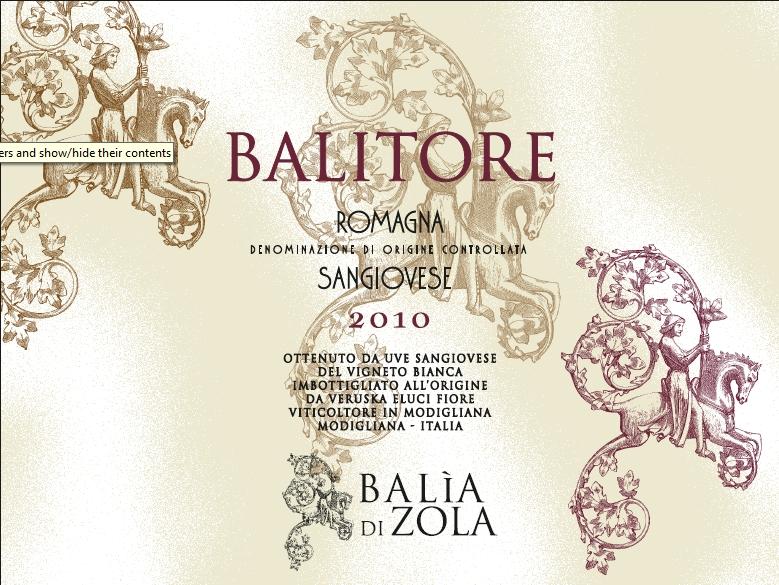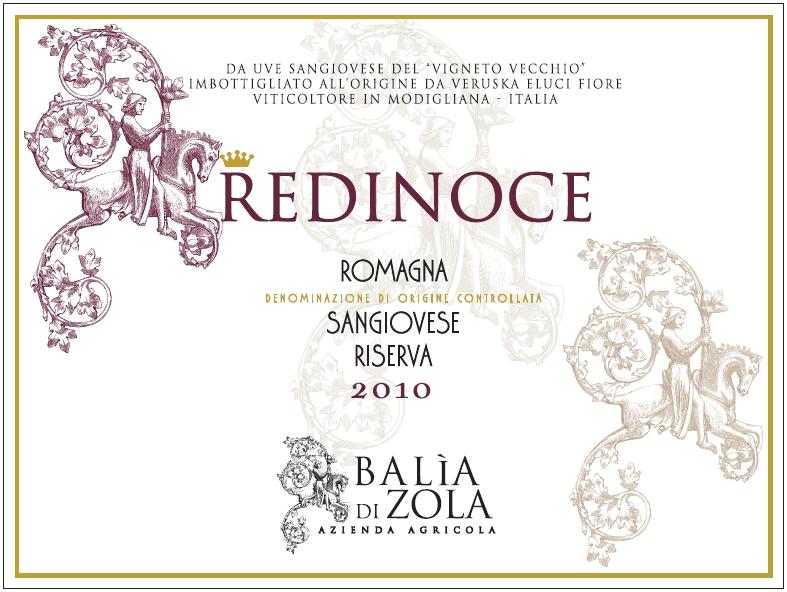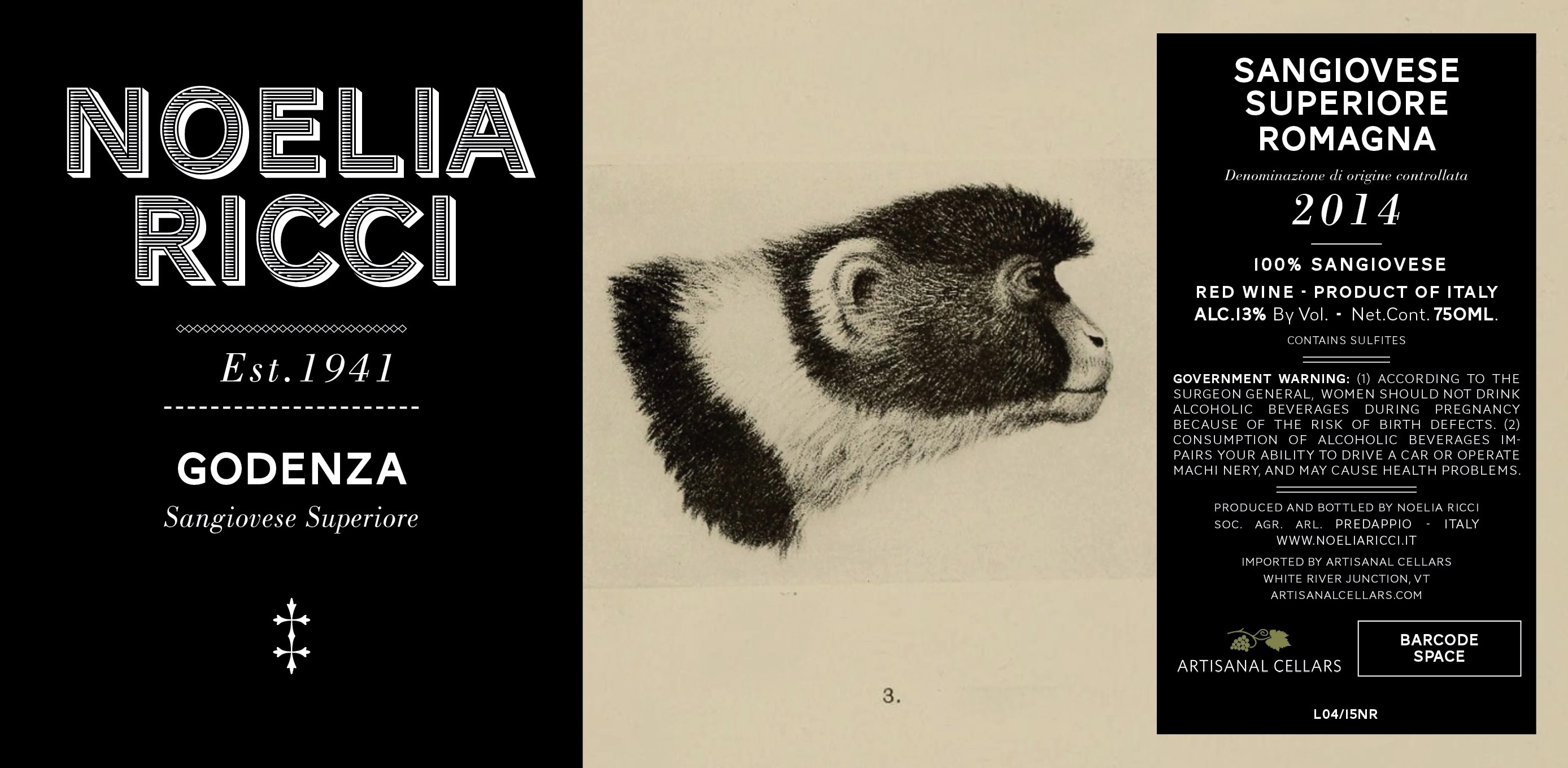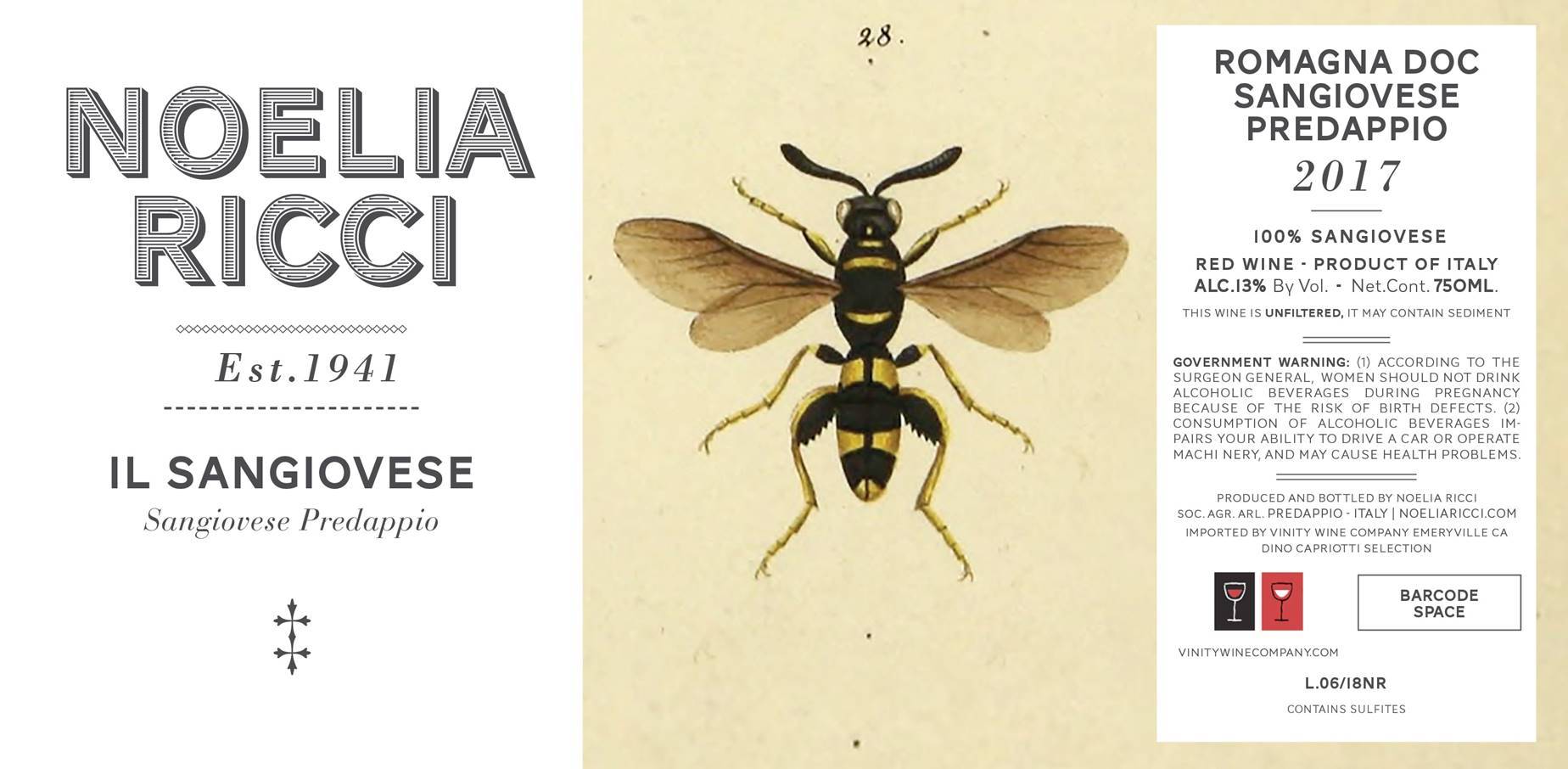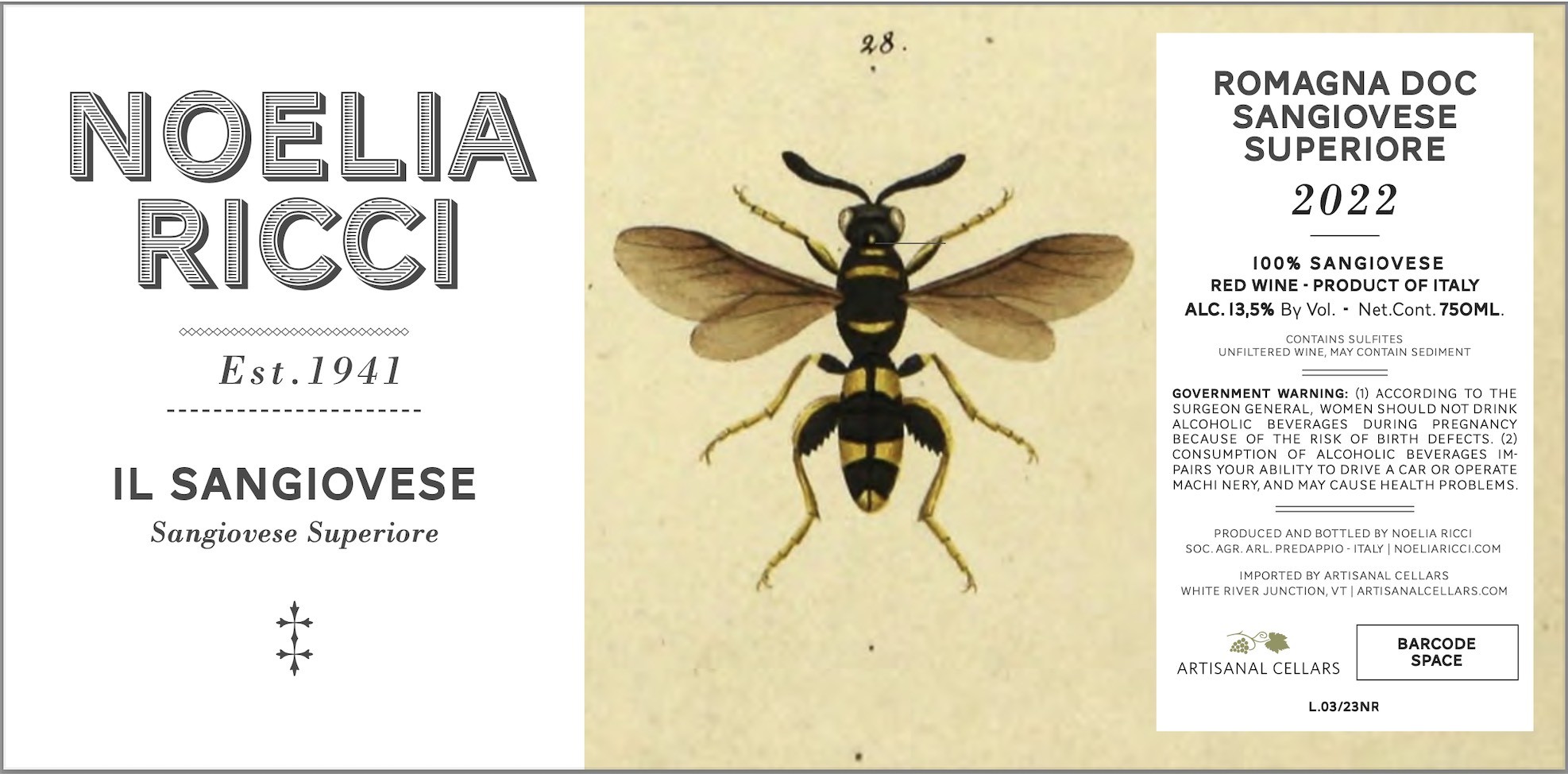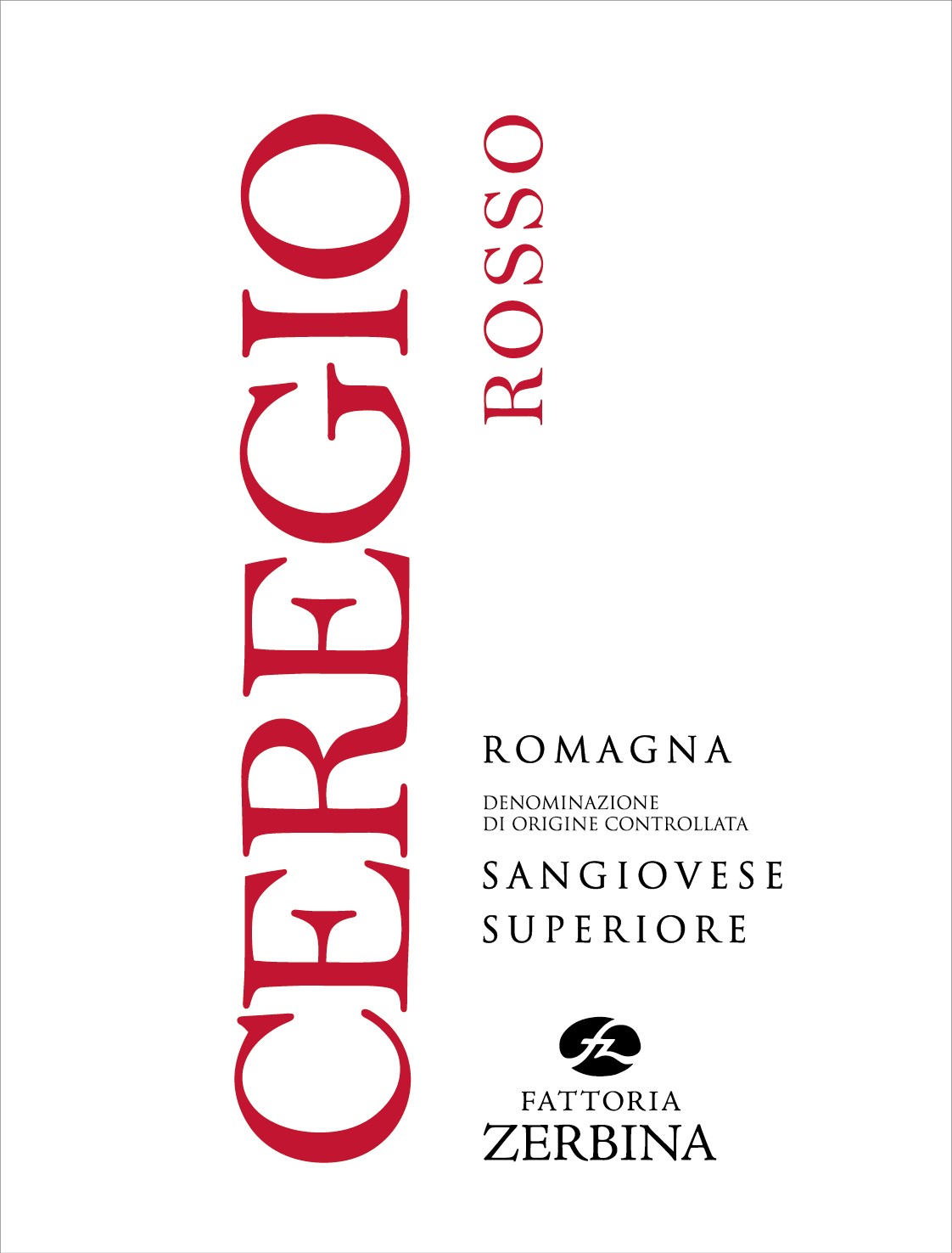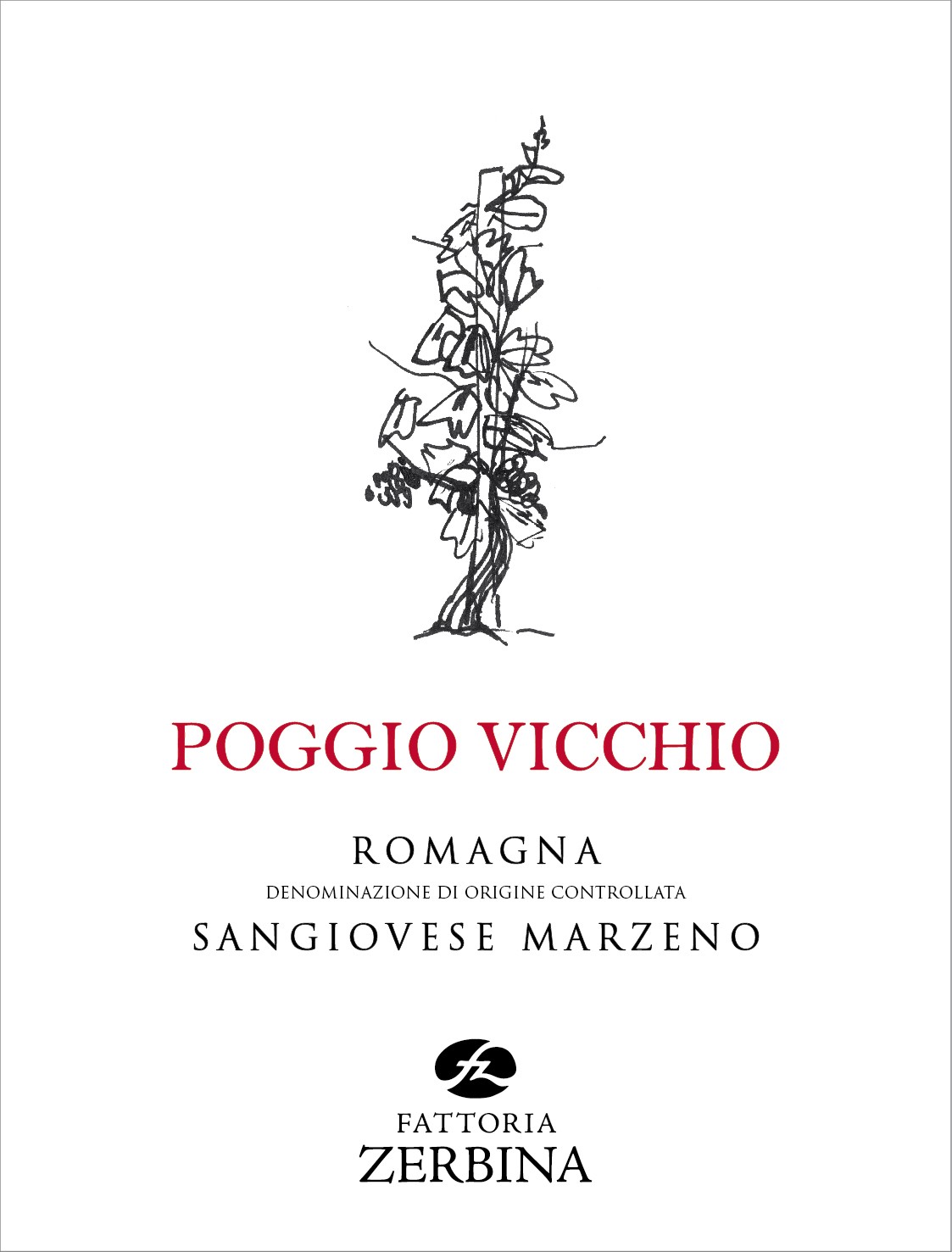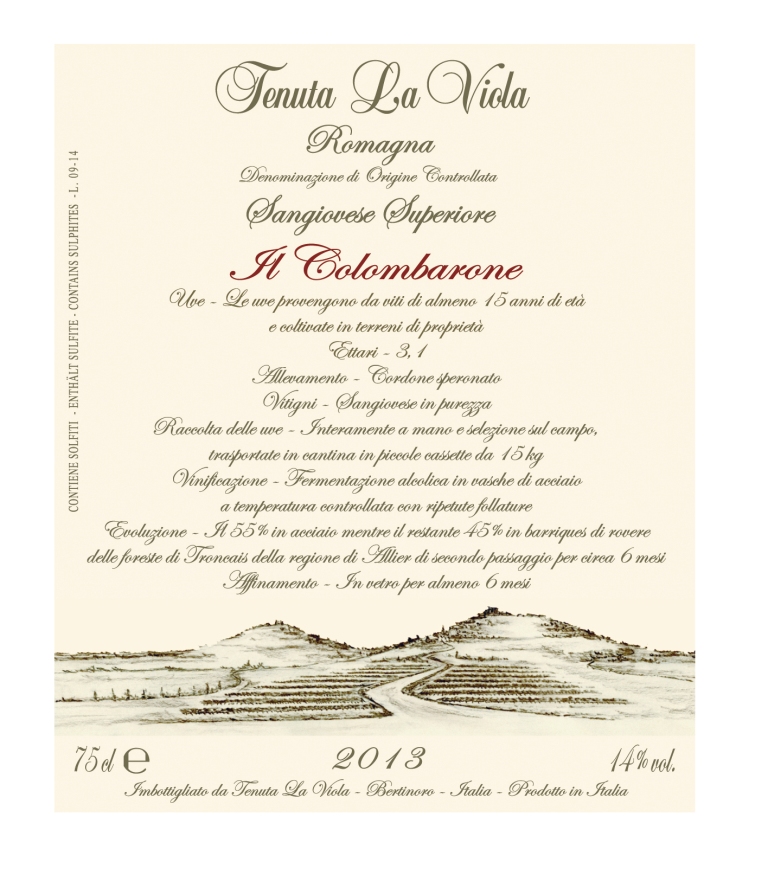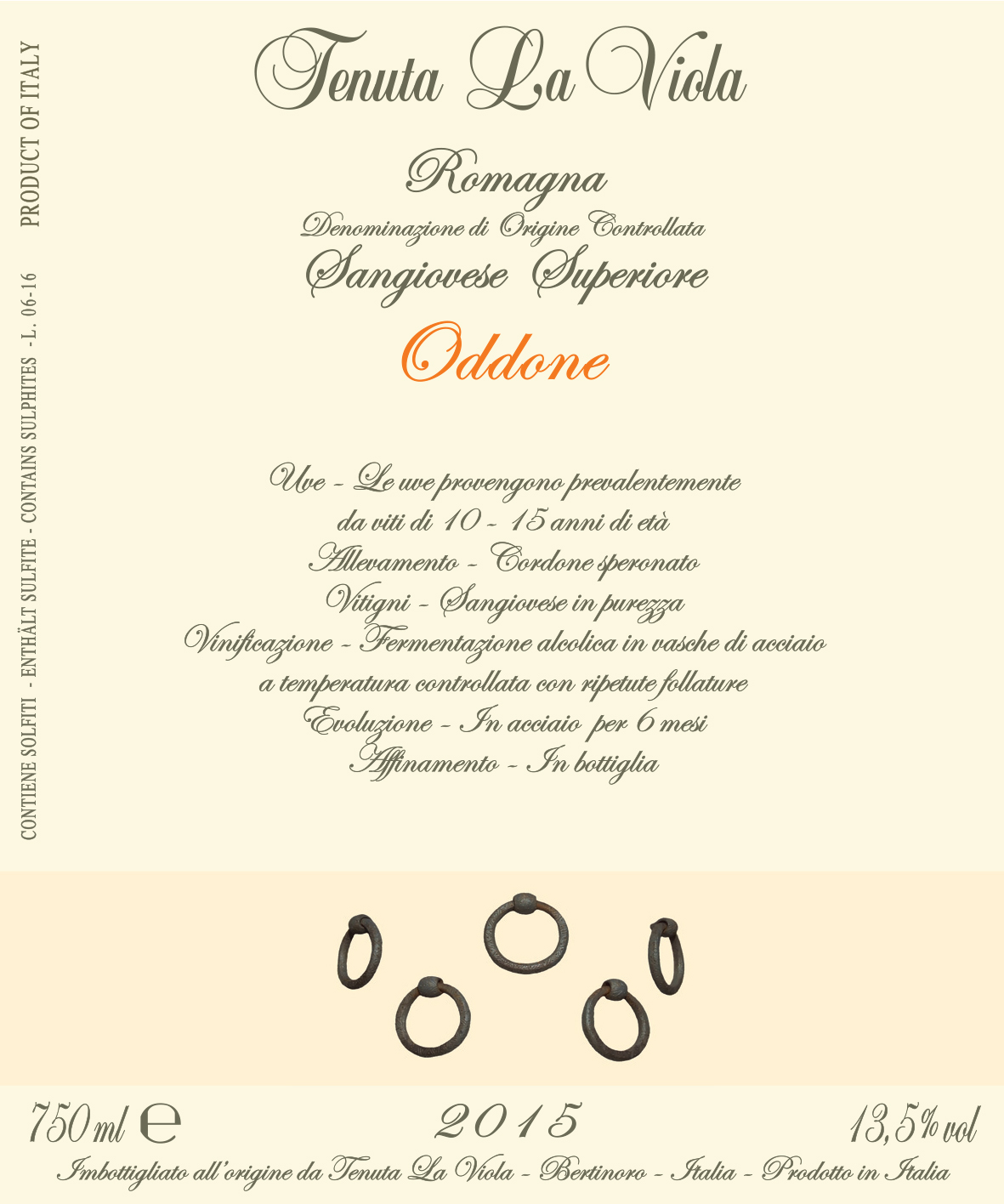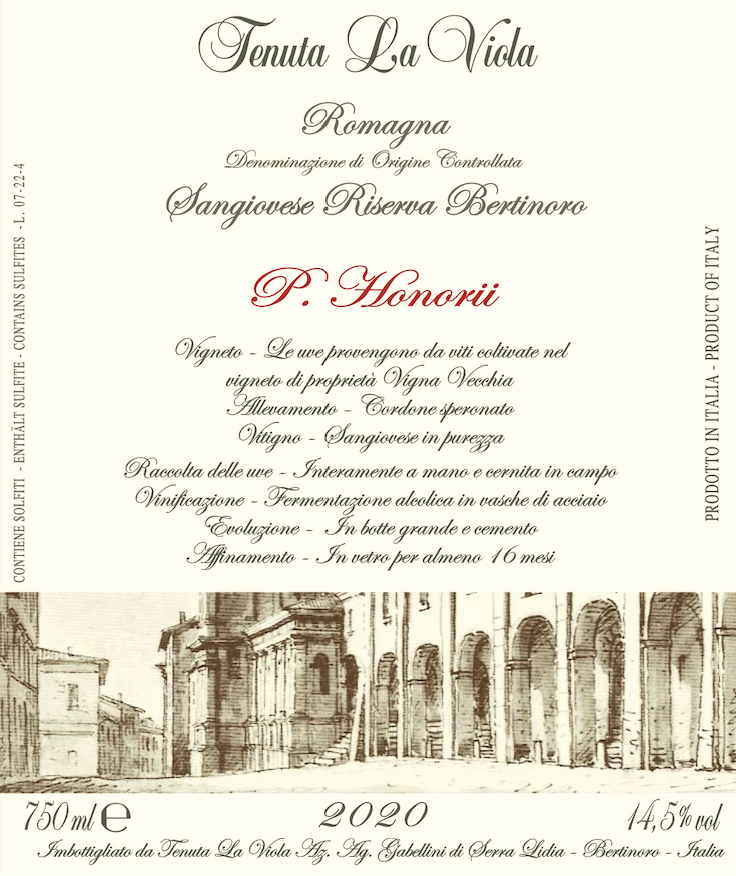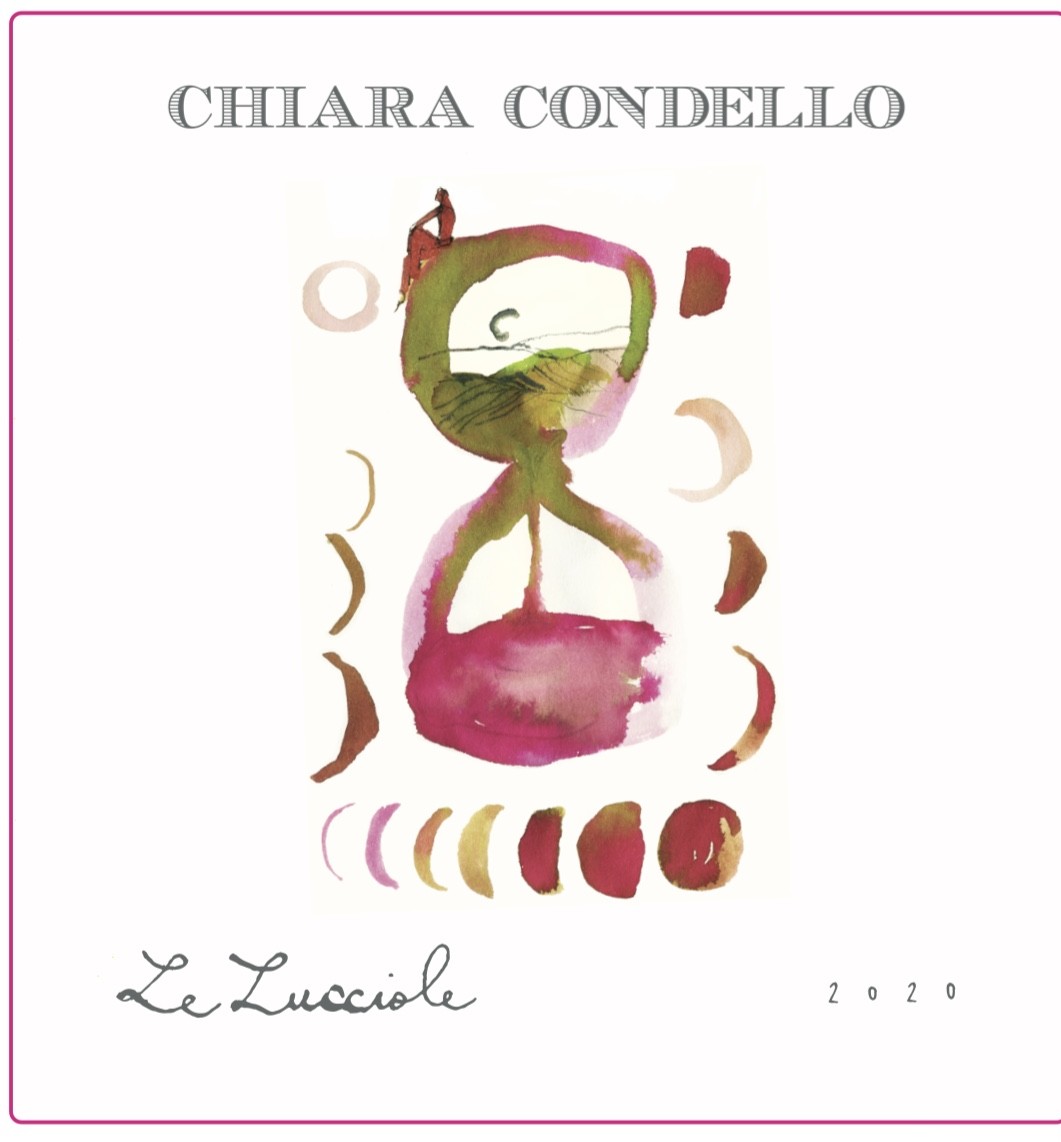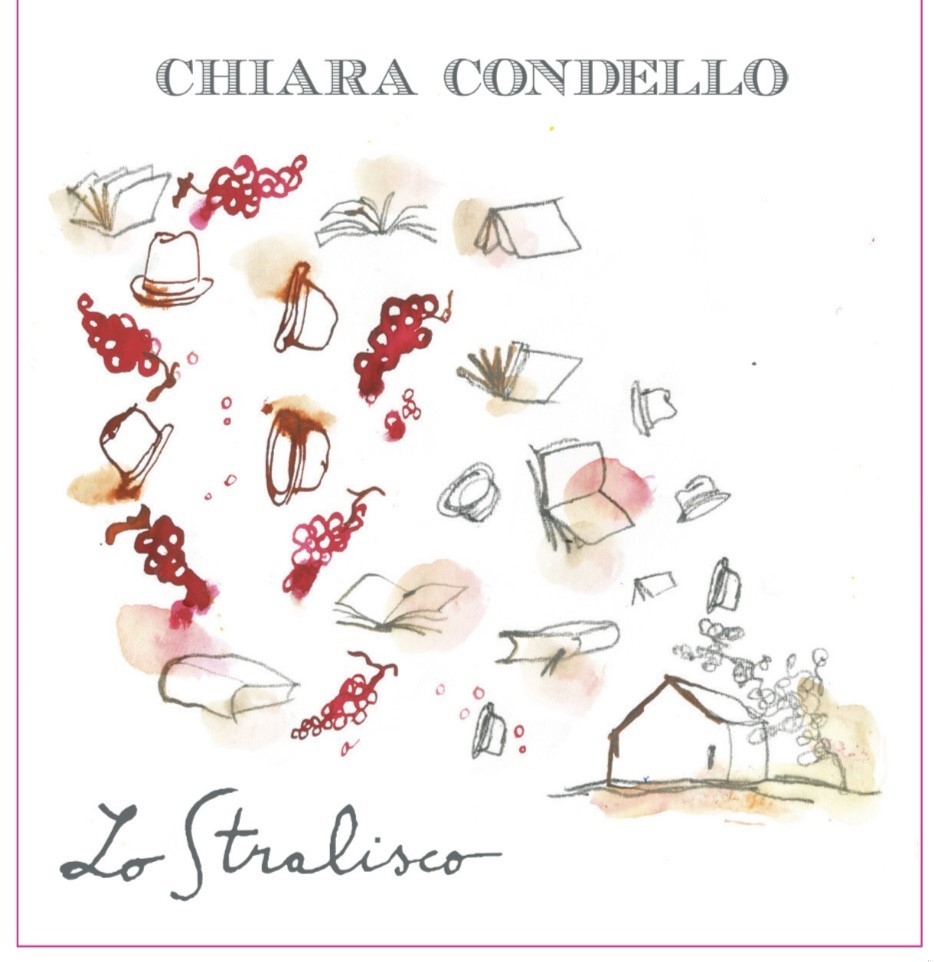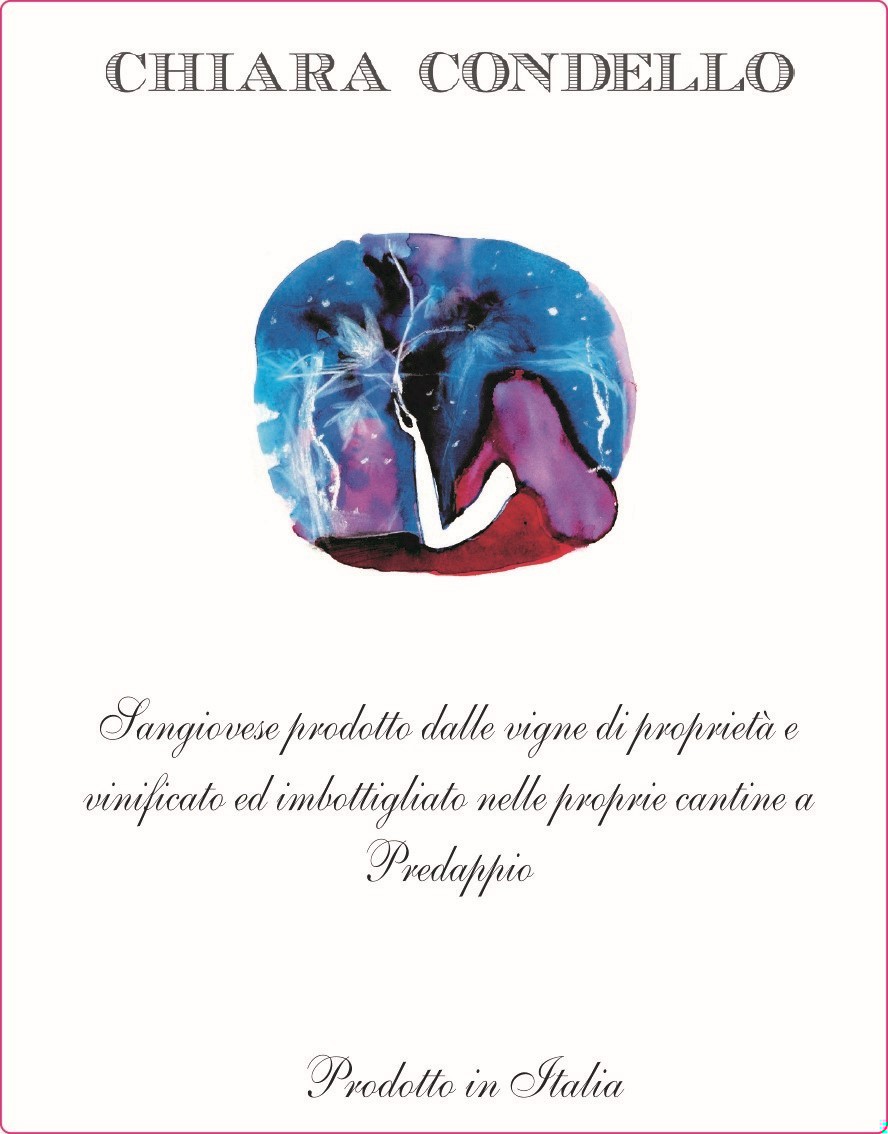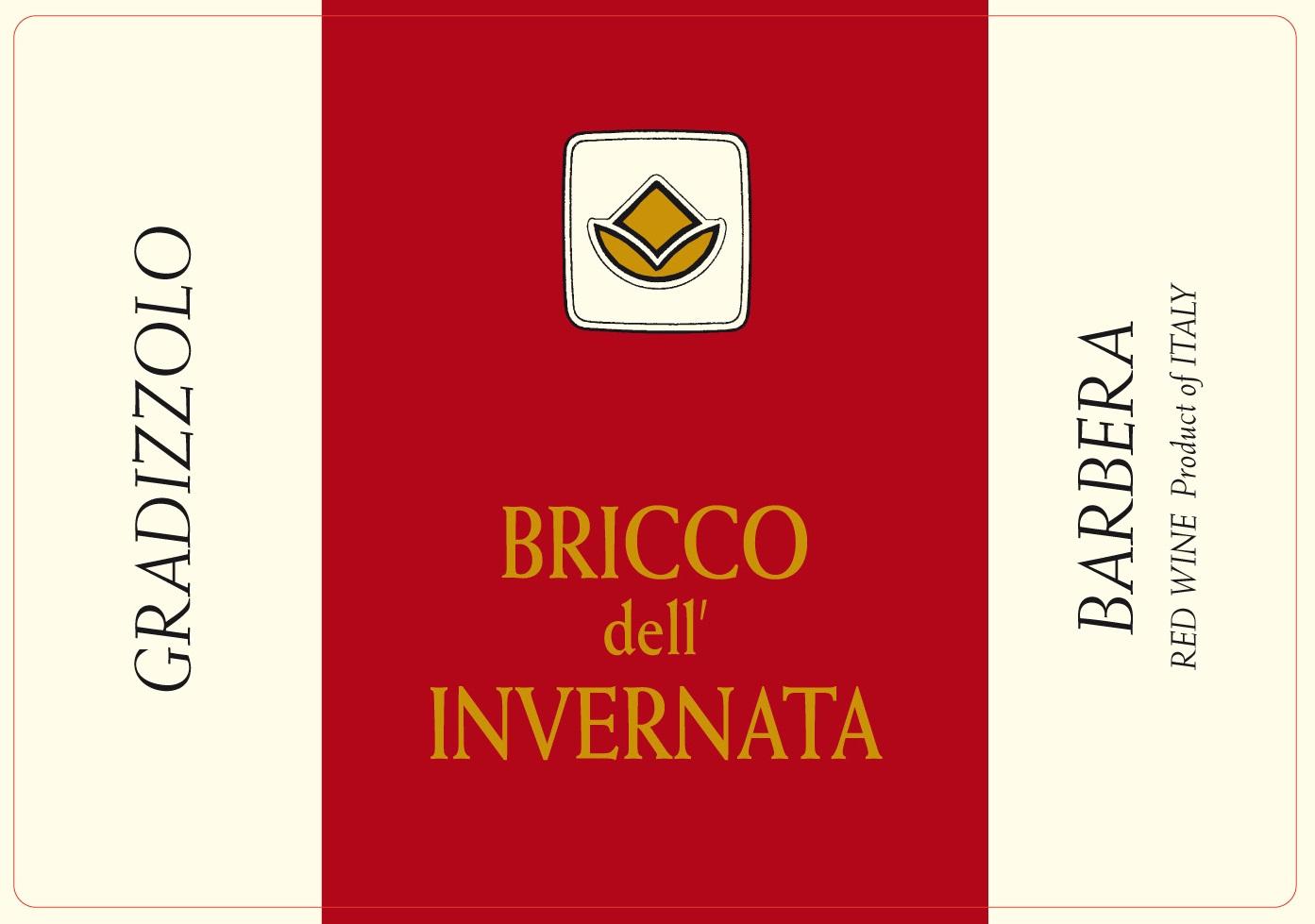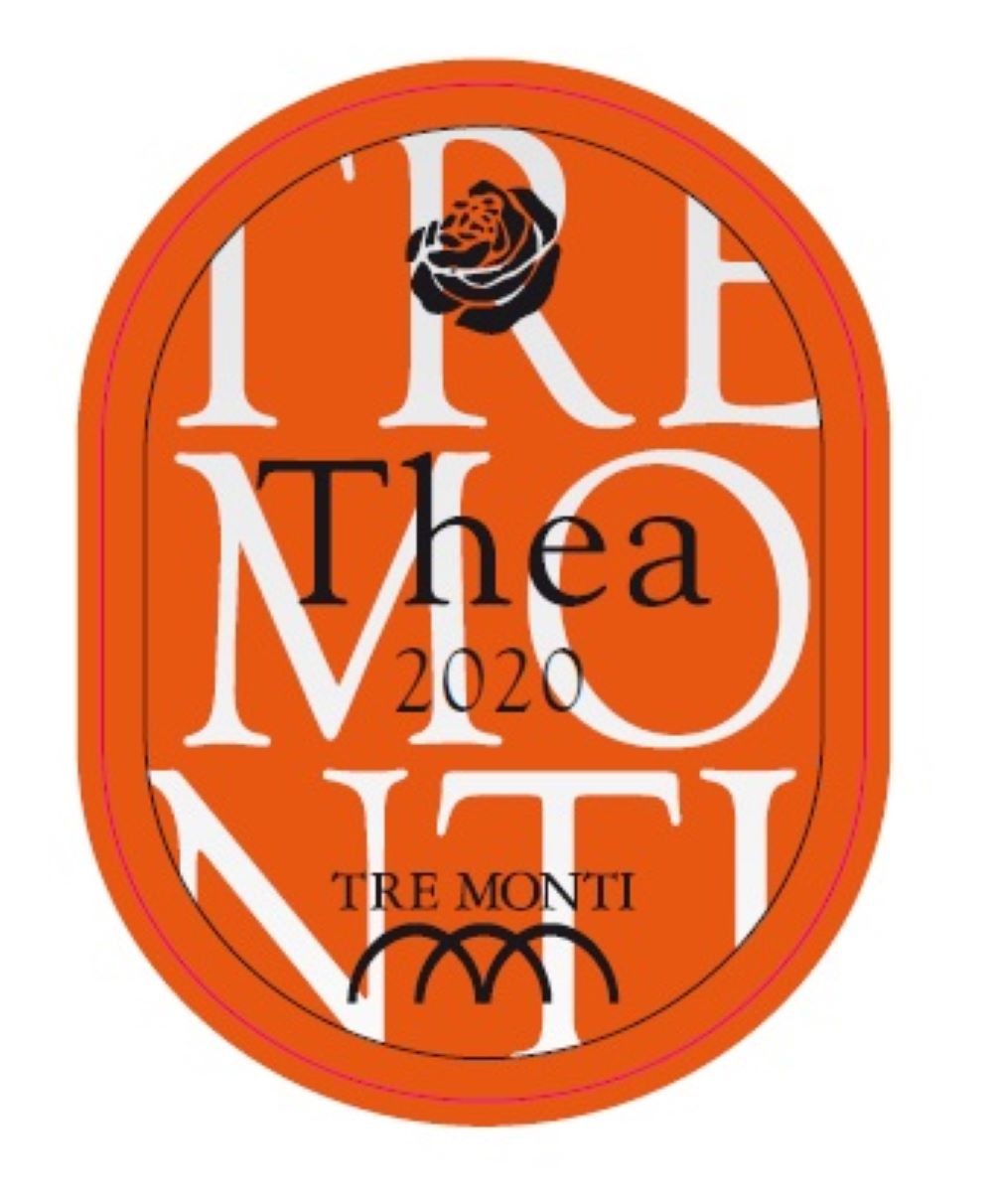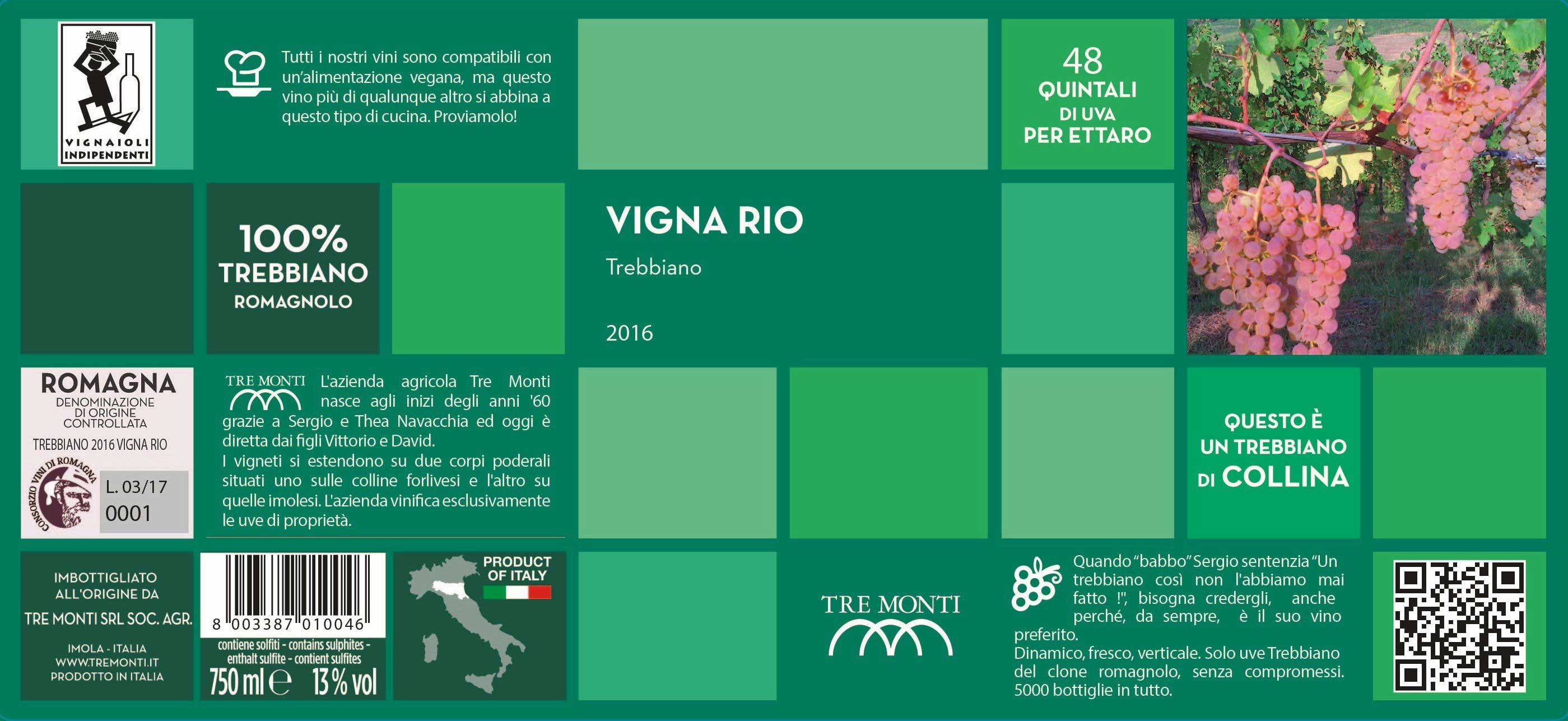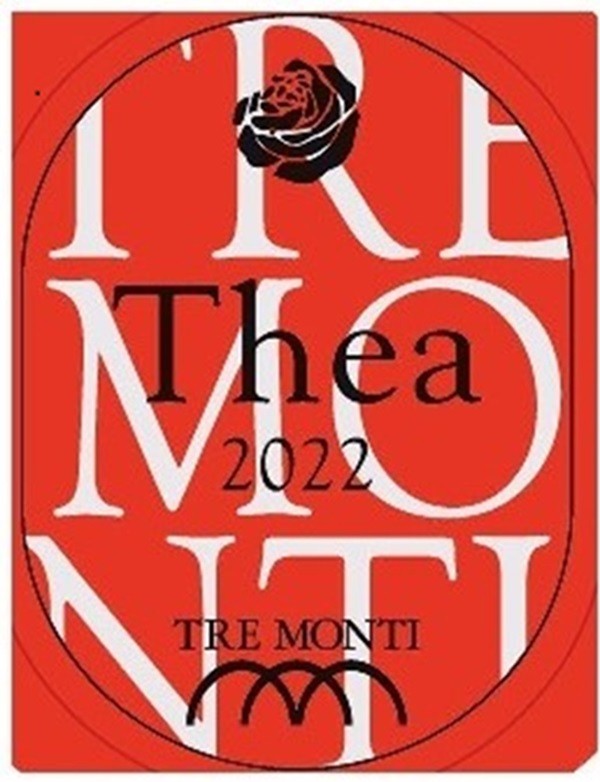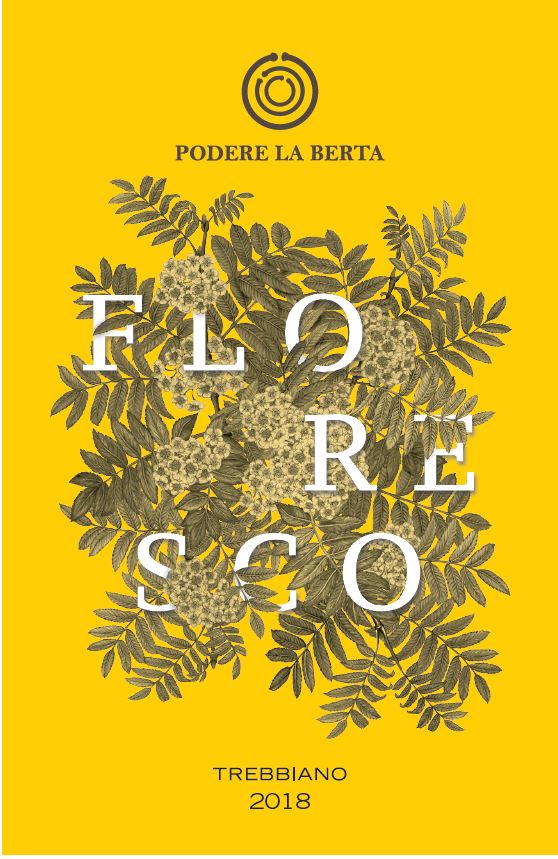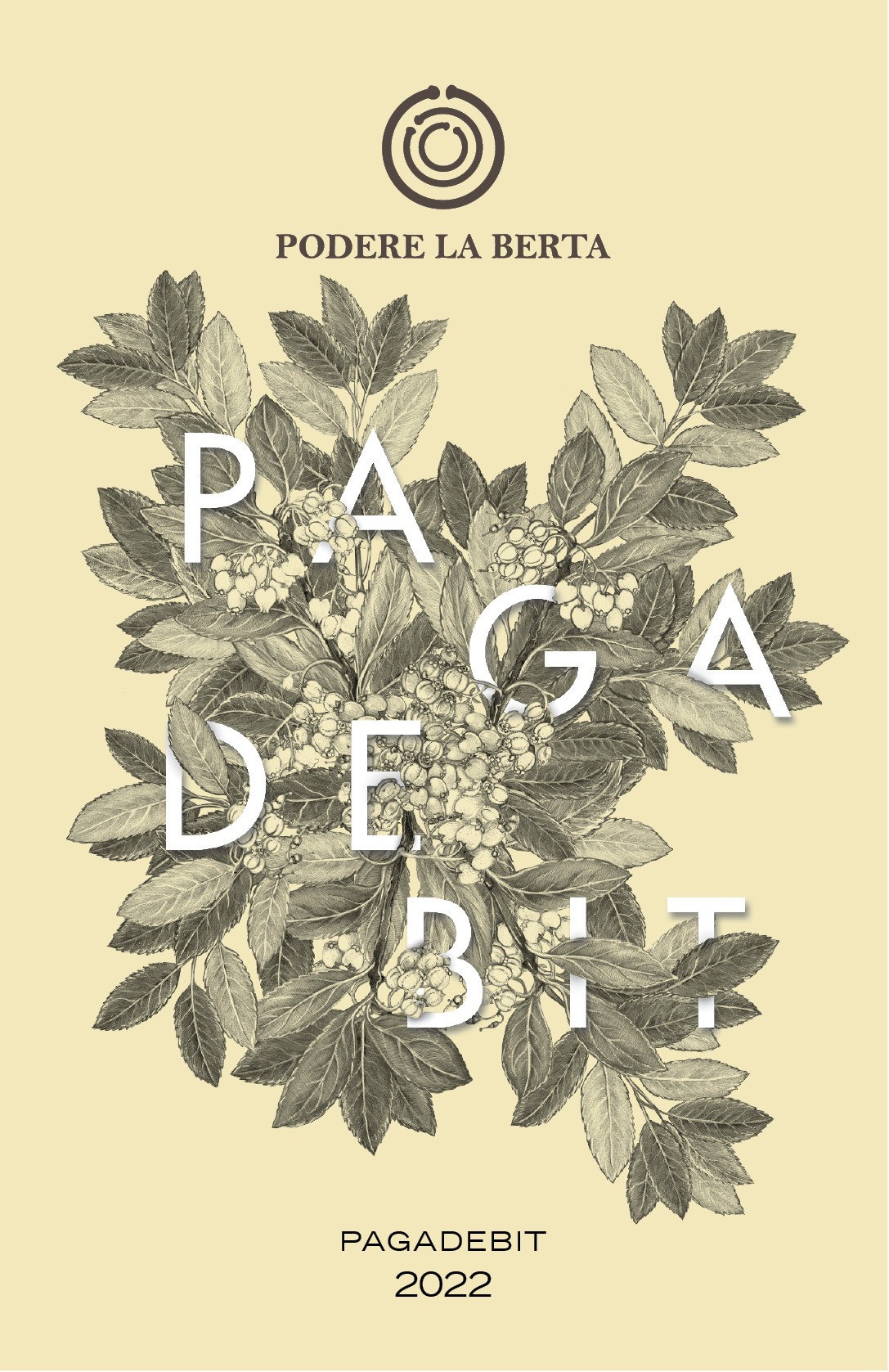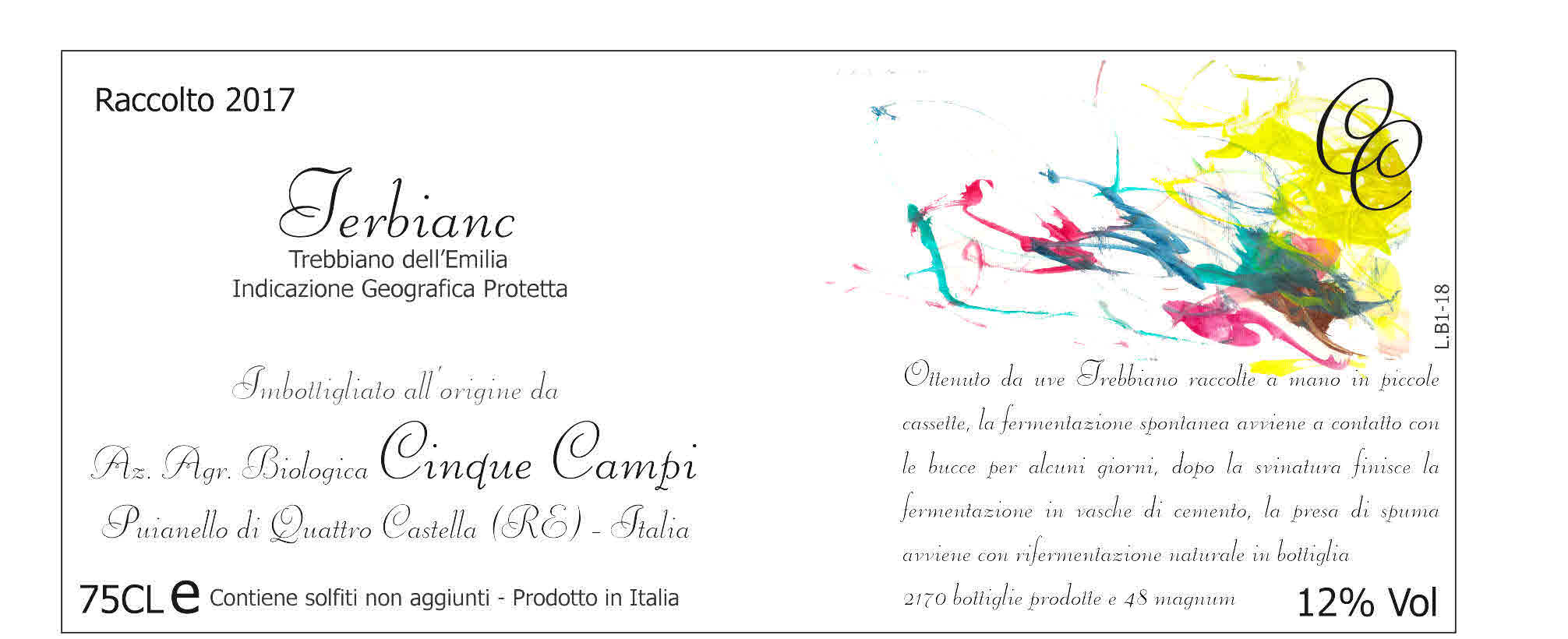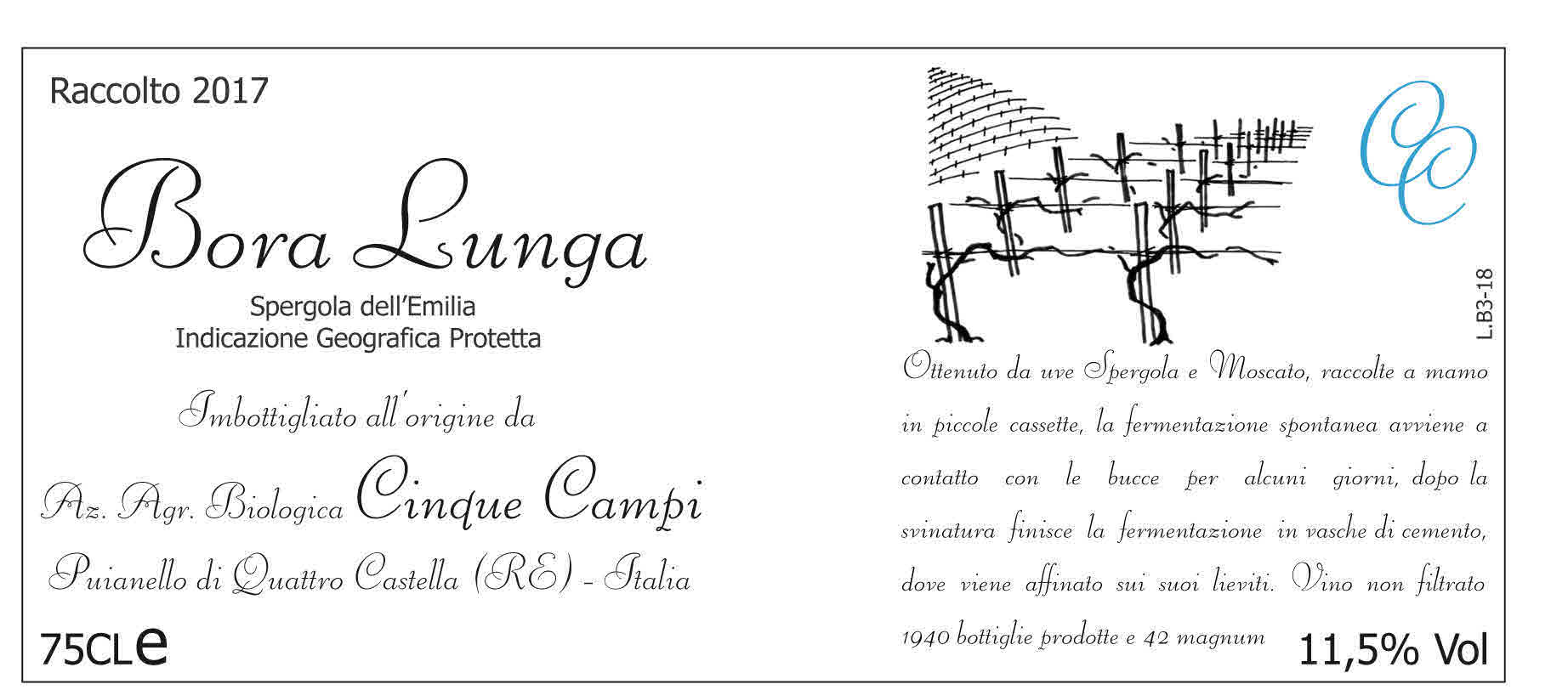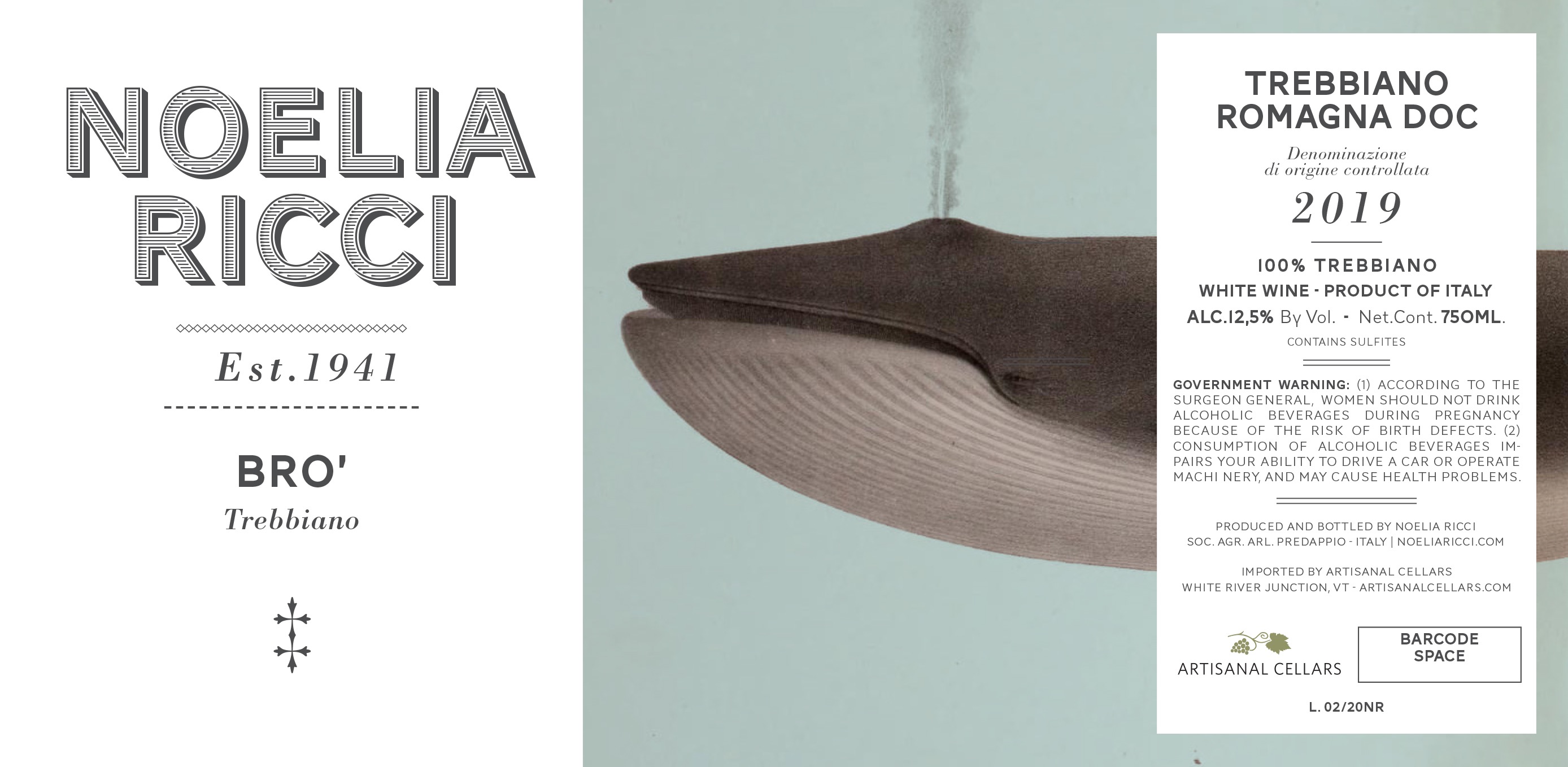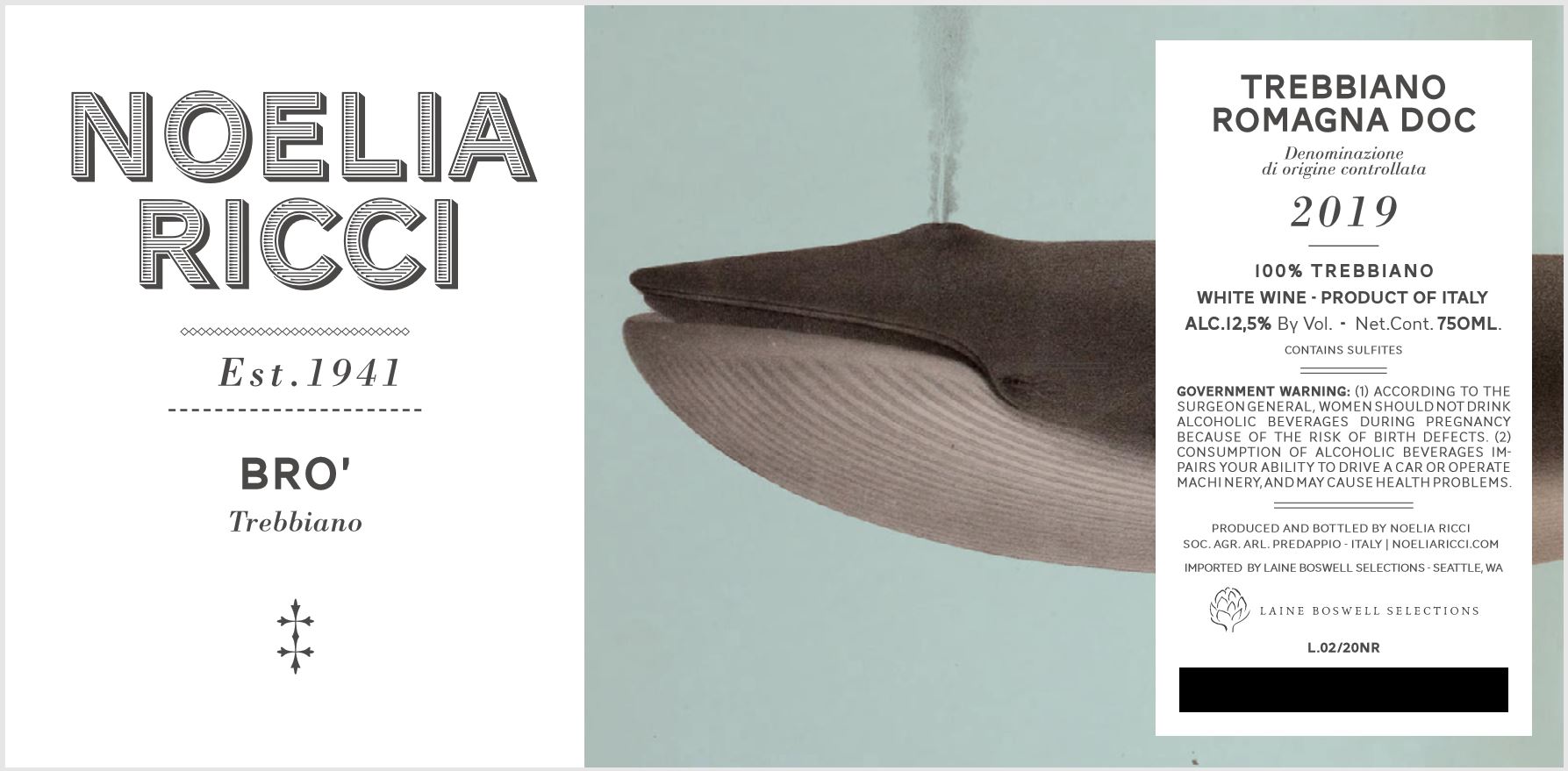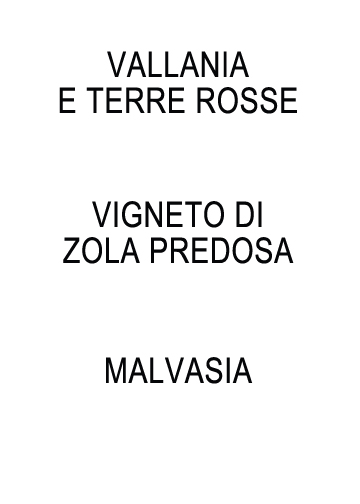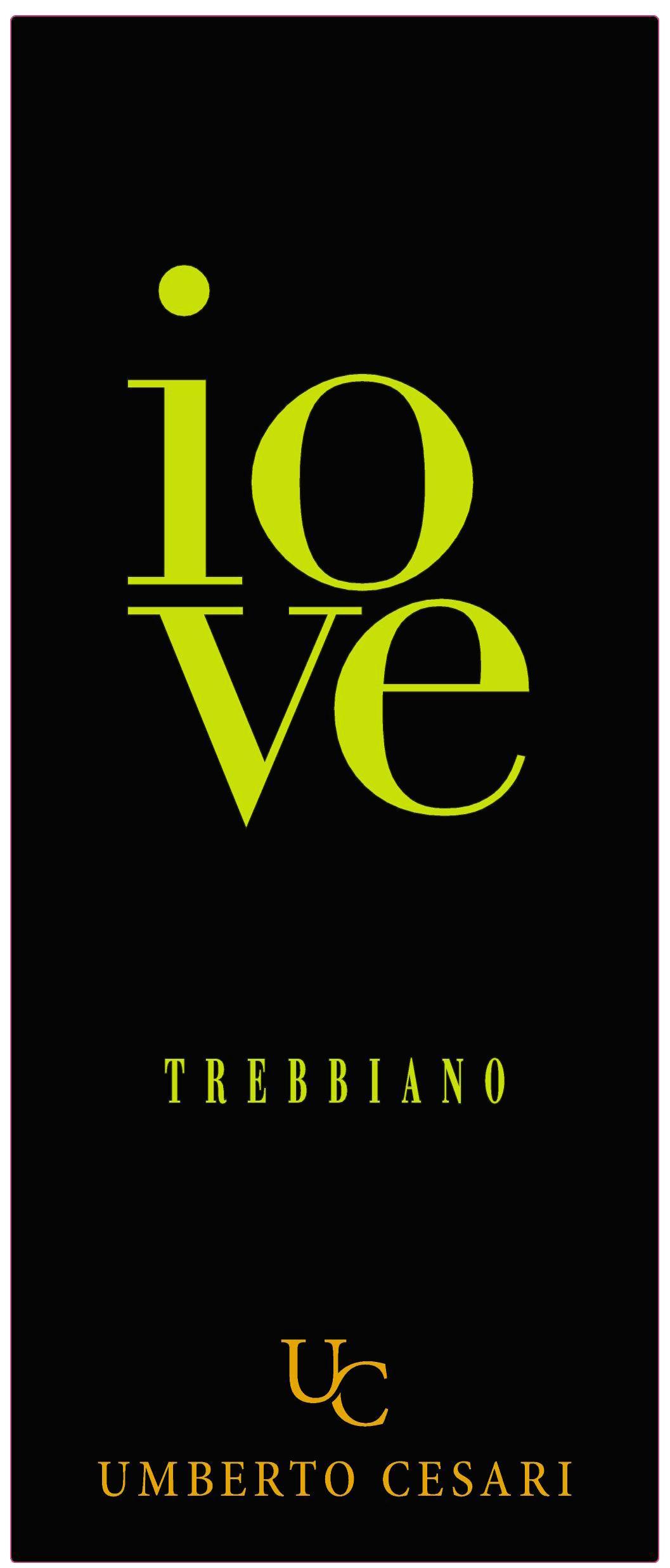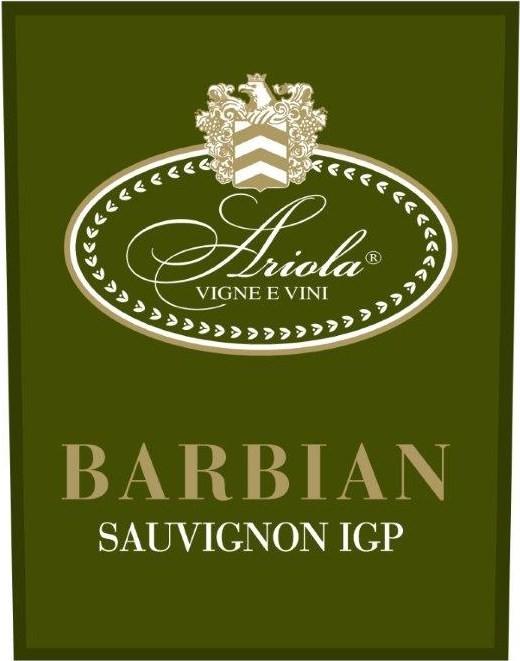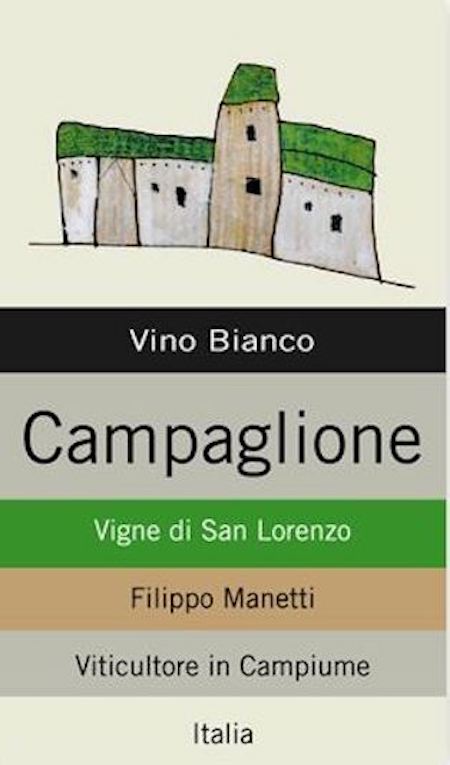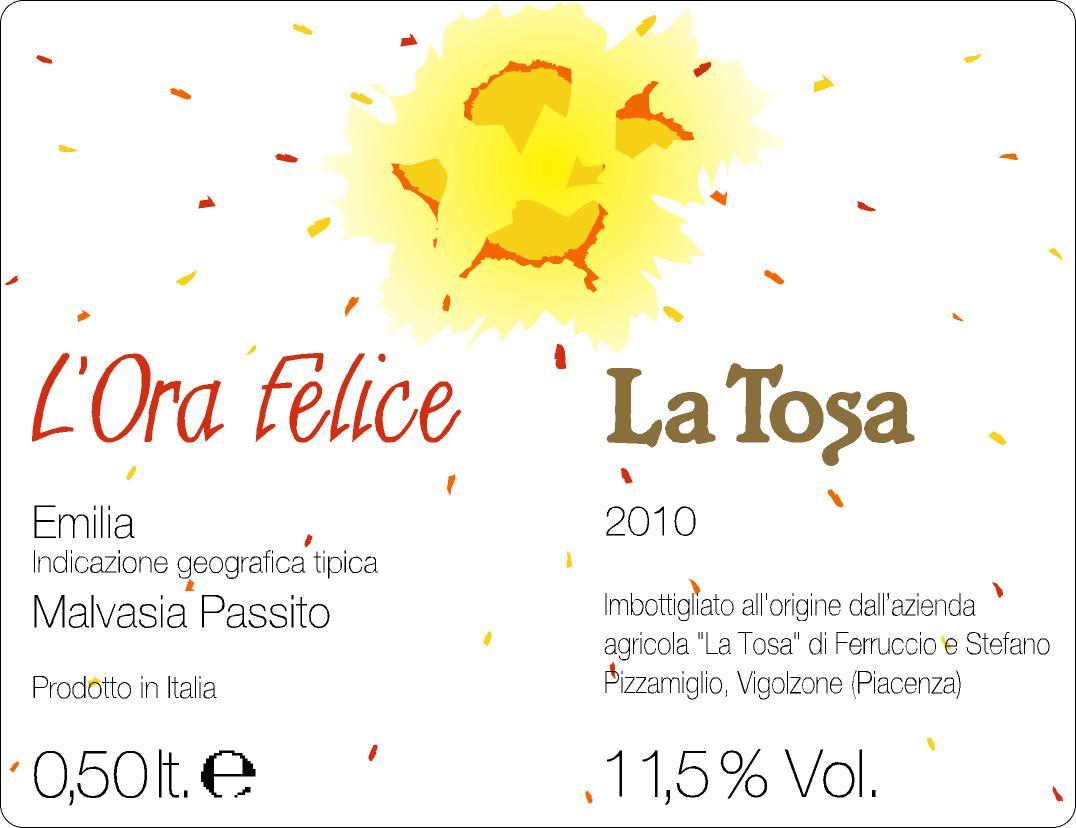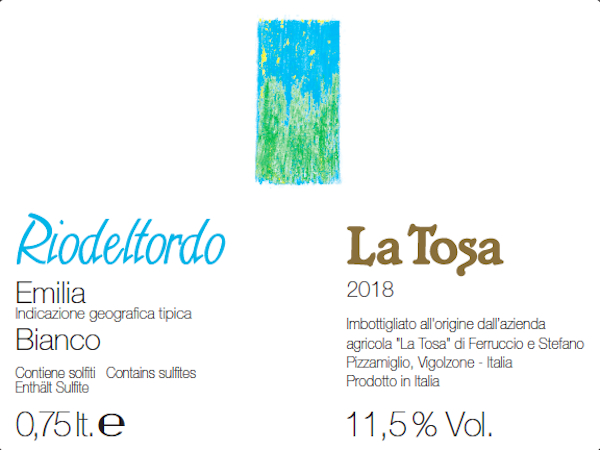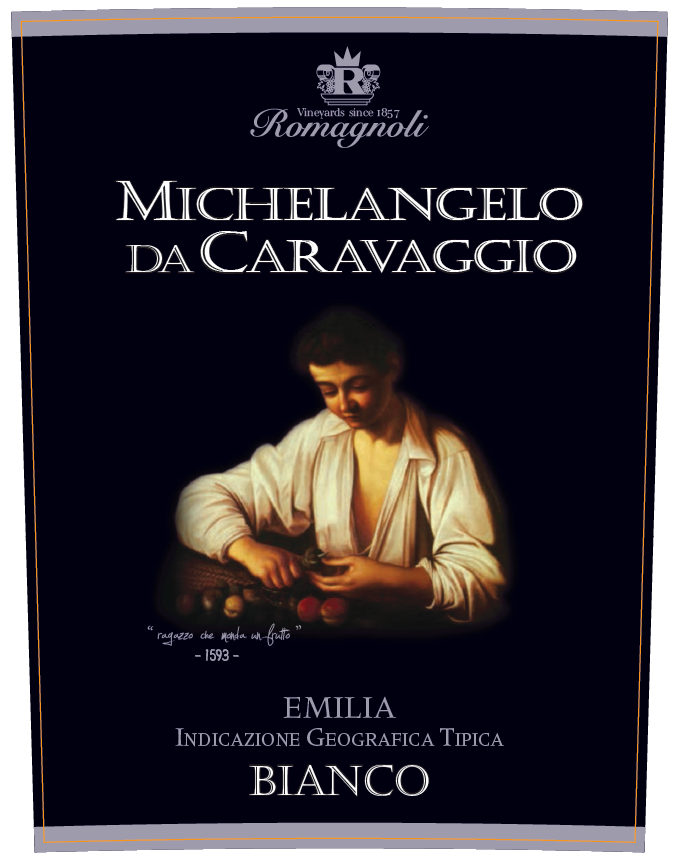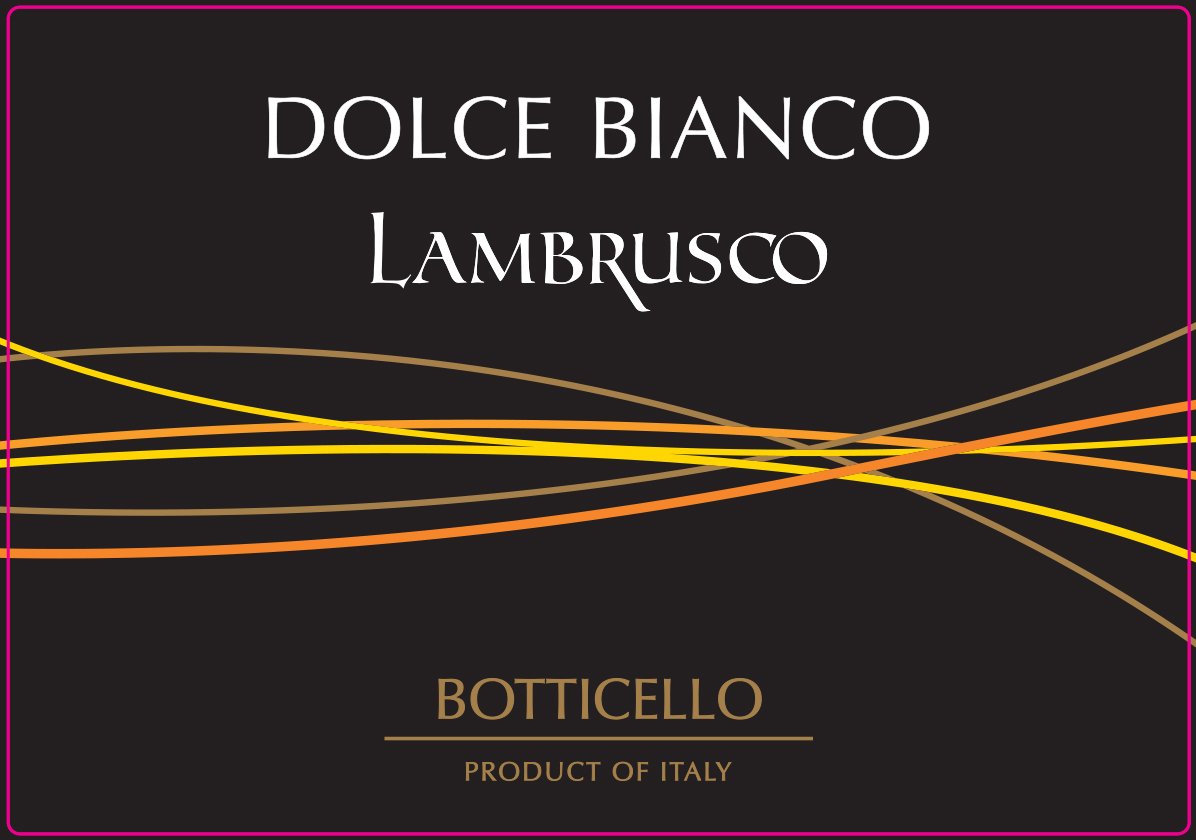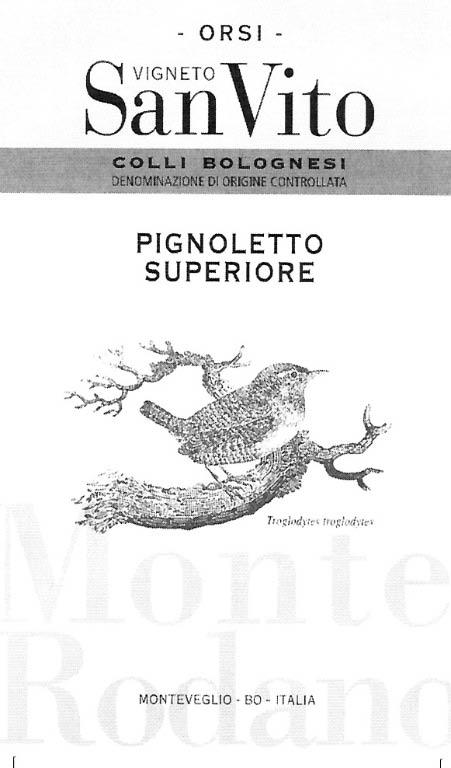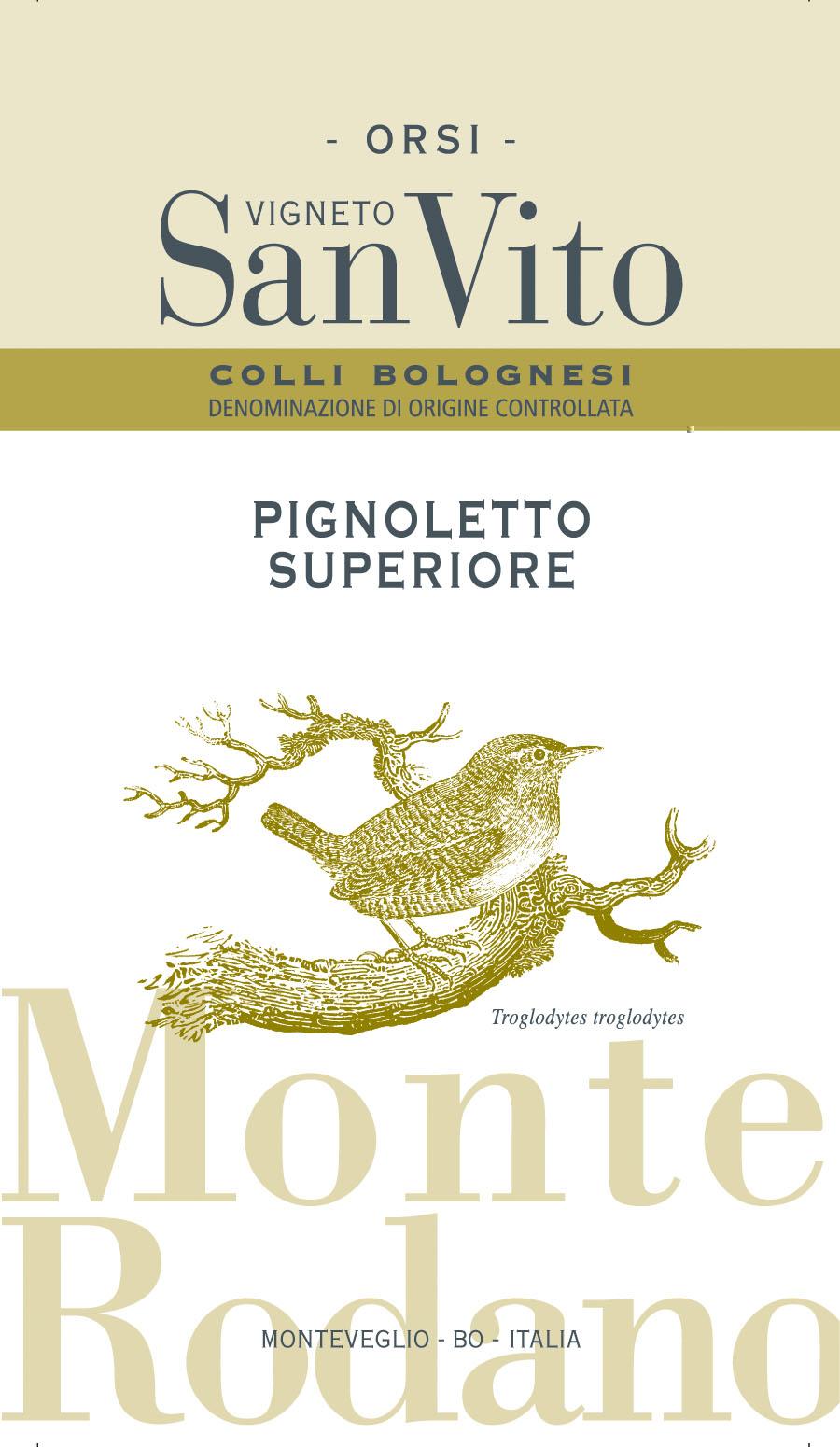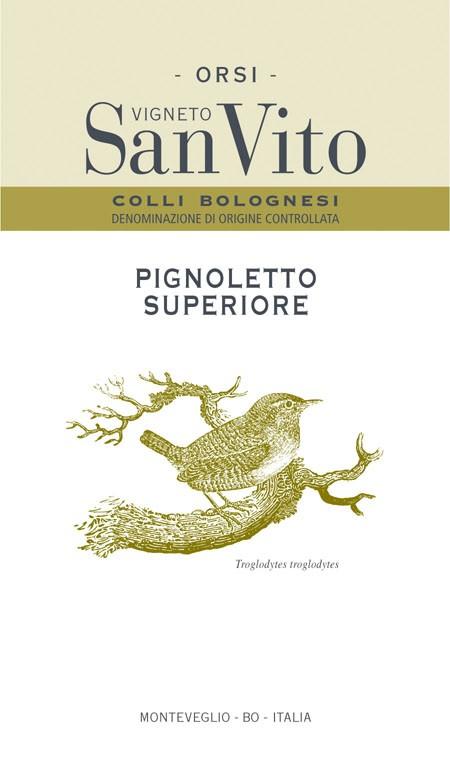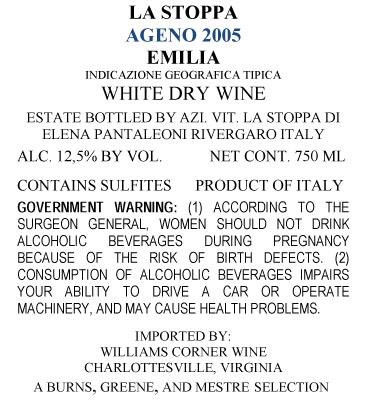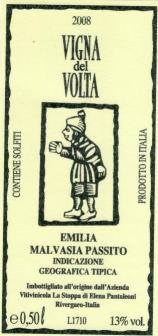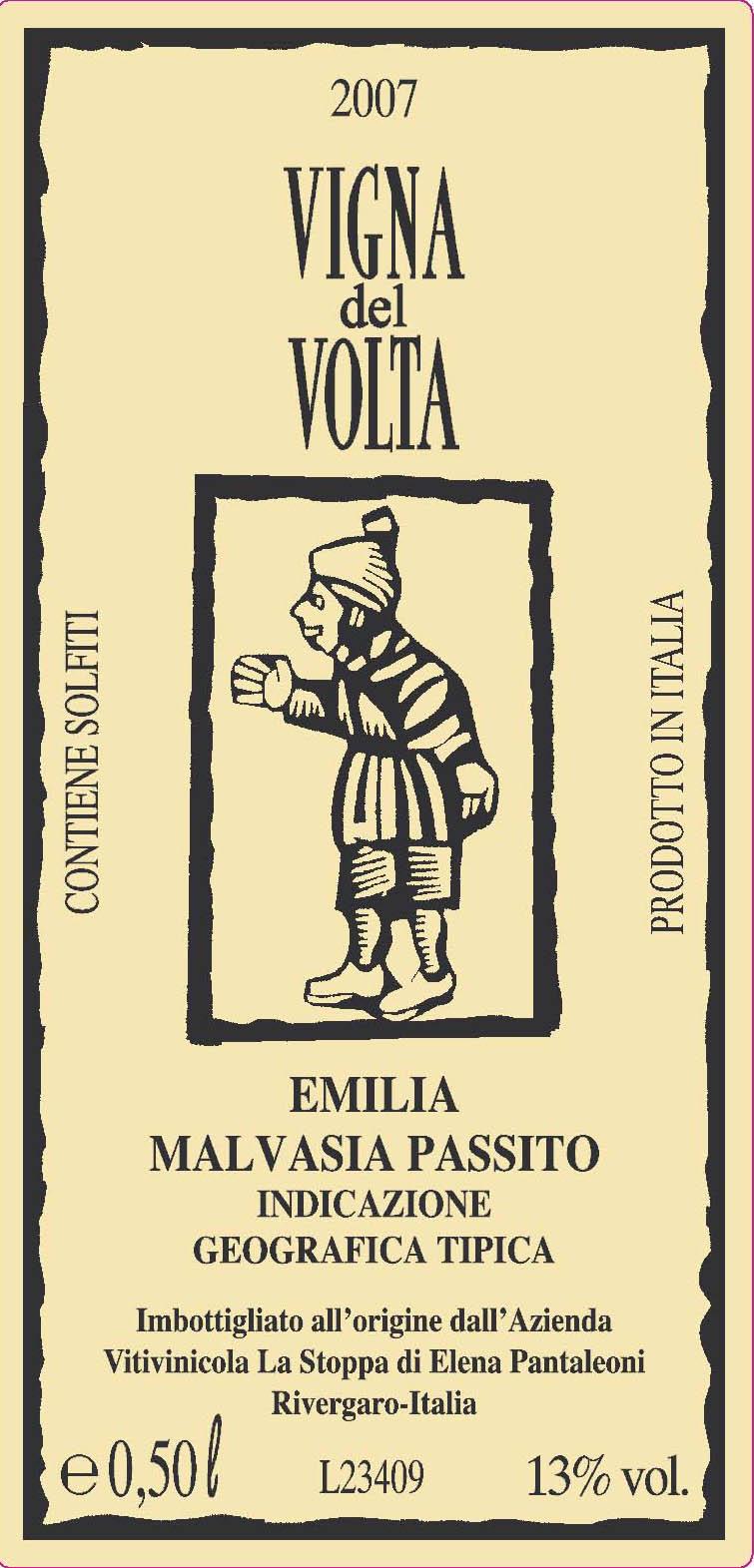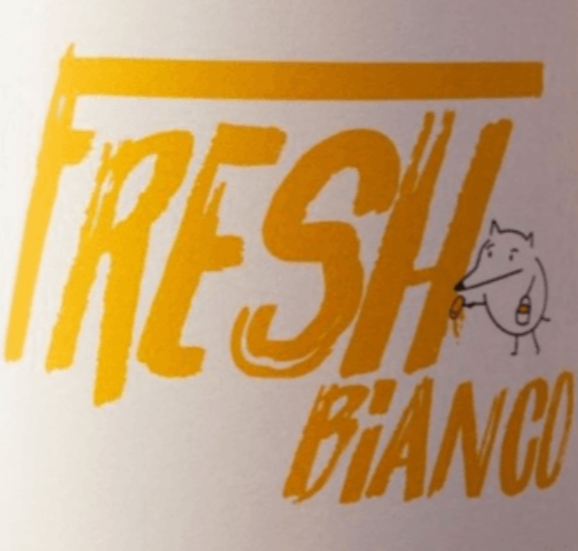Terroir of Emilia-Romagna
Emilia-Romagna’s terroir stretches from the flat, fertile Po Valley to the rolling foothills of the Apennines, creating a patchwork of soils and climates. On the plains, deep alluvial soils and warmer conditions favor grapes used for styles like Lambrusco, while the hills bring limestone- and clay-rich, well-drained sites that give more structure and minerality to wines. The nearby Adriatic Sea adds humidity and cooling breezes, shaping many local microclimates across the region.
These differences show up clearly in the glass: Lambrusco thrives on sandy and gravelly alluvial bands and on “red soils” in the foothills around Modena, while Romagna’s hills support characterful Sangiovese and the historic Albana DOCG on varied marls and clays. Sub-zones across Romagna highlight how soil and exposure change flavor and texture from village to village.
Notable Wineries in Emilia-Romagna
Emilia-Romagna, renowned for its culinary heritage, also boasts a vibrant wine scene with several notable wineries. These producers are elevating the region's reputation through dedication to quality and tradition. Here are some highlights:
-
Paltrinieri: Located in Sorbara DOC, known for elegant Lambrusco wines like Leclisse and Radice.
-
Cleto Chiarli: Established in 1860, this historic winery crafts high-end artisanal Lambrusco, including Lambrusco del Fondatore.
-
Medici Ermete: Pioneers of quality Lambrusco, showcased by their acclaimed Concerto Lambrusco Salamino.
-
Fattoria Zerbina: Renowned for Albana di Romagna dessert wines and robust Sangiovese Riserva.
-
La Stoppa: A leader in natural winemaking, crafting wines with minimal intervention from local varieties.
Sustainable Winemaking in Emilia-Romagna
Emilia-Romagna's wine industry is embracing sustainability through regional collaboration and innovative practices. Moving beyond individual efforts, the region is focusing on sustainable certifications, like the Sistema di Qualità Nazionale di Produzione Integrata (SQNPI), which promotes integrated pest management and reduces chemical use.
Organic and biodynamic practices are also gaining traction, emphasizing the role of winemakers as stewards of the land.
Creative solutions, such as recyclable packaging and biodiversity enhancement, are being developed by producers to minimize environmental impact. This dual approach of large-scale programs and artisanal philosophies is positioning Emilia-Romagna as a leader in sustainable winemaking, offering a diverse array of credible and environmentally conscious wines to the world.
Wine Tourism in Emilia-Romagna
The world of wine tourism offers a unique window into the rich tapestry of viticultural landscapes and cultural heritage. Through vineyard tours and tastings, wine enthusiasts can explore diverse wine regions and their distinct offerings. Many regions, like Emilia-Romagna and the Douro Valley, combine scenic beauty with a deep-rooted winemaking tradition.
-
Emilia-Romagna: Discover Lambrusco's vibrant flavors and the artistry of Sangiovese in a region known for its culinary excellence.
-
Douro Valley: Experience the dramatic landscapes and taste robust reds and delicate whites from this UNESCO World Heritage site.
Wine tourism not only promotes understanding of terroir and winemaking techniques but also supports sustainable practices, encouraging a holistic appreciation of wine culture.



